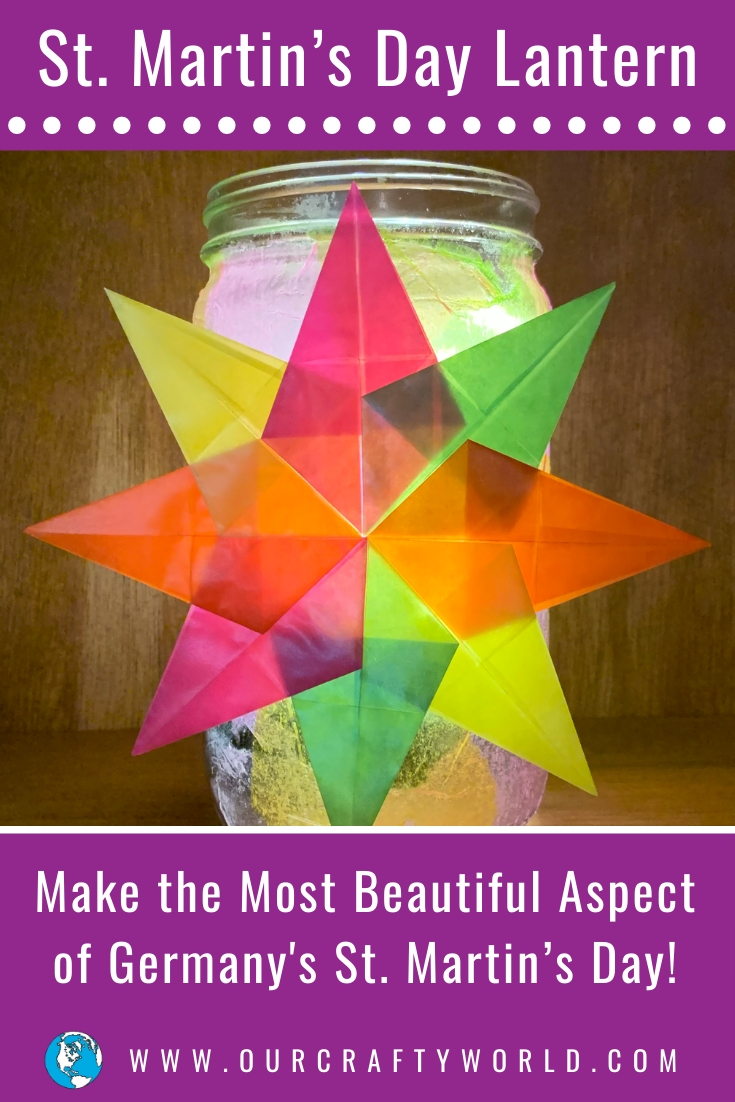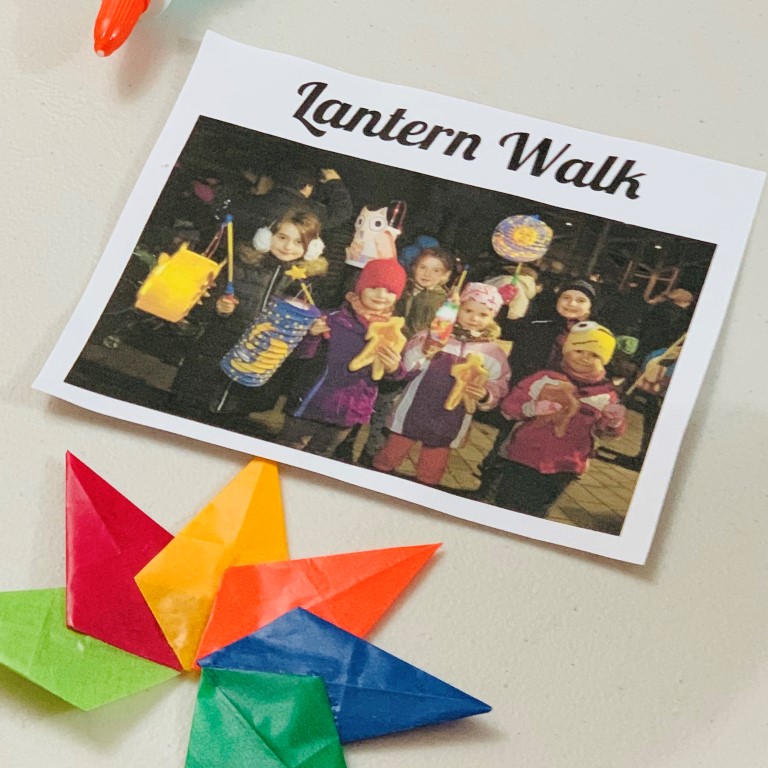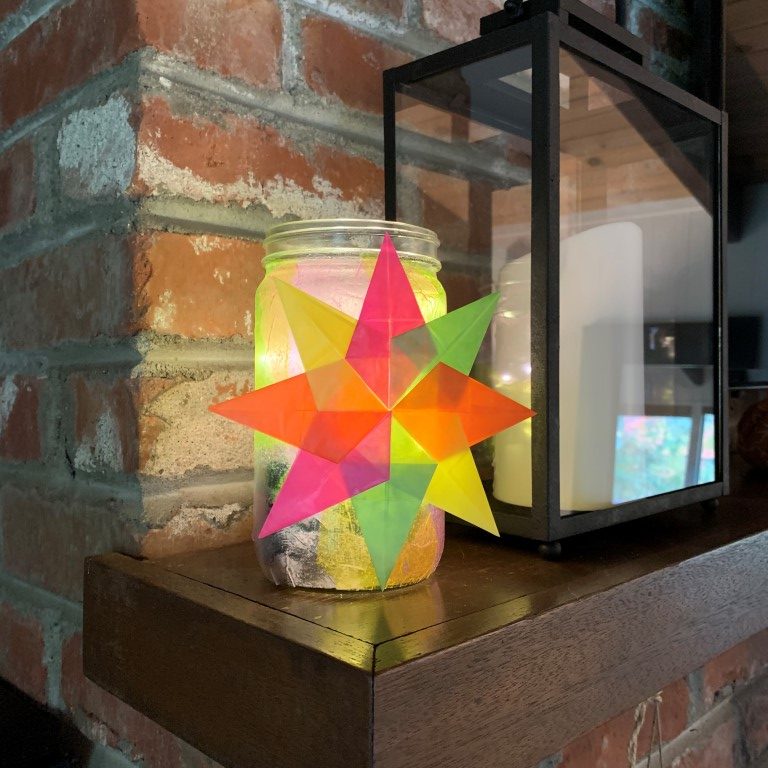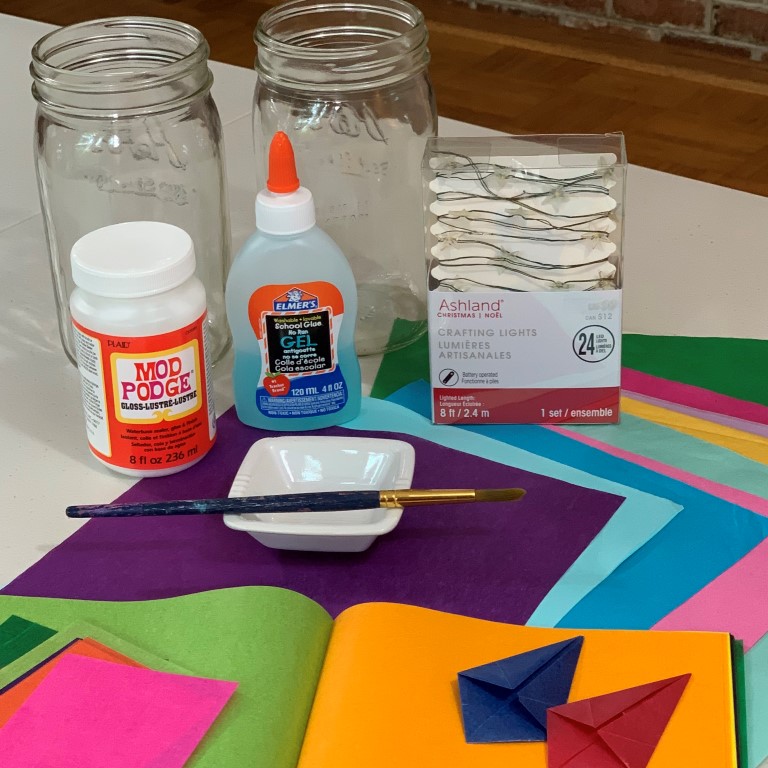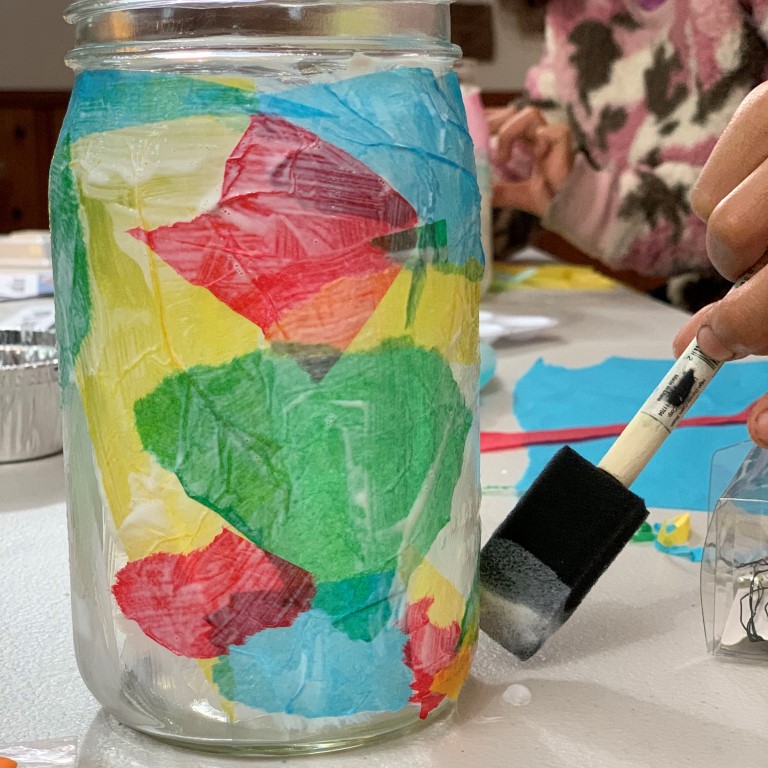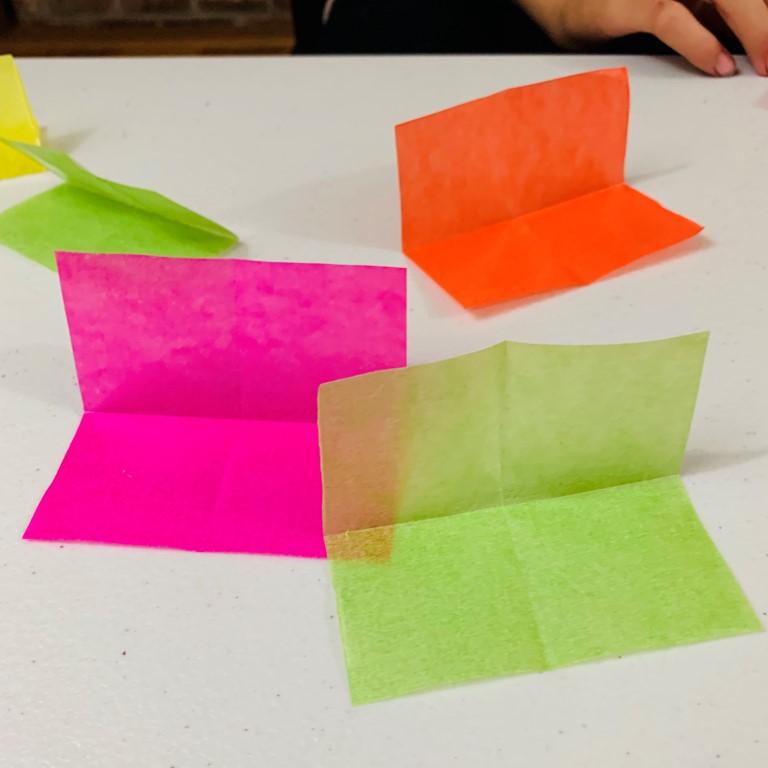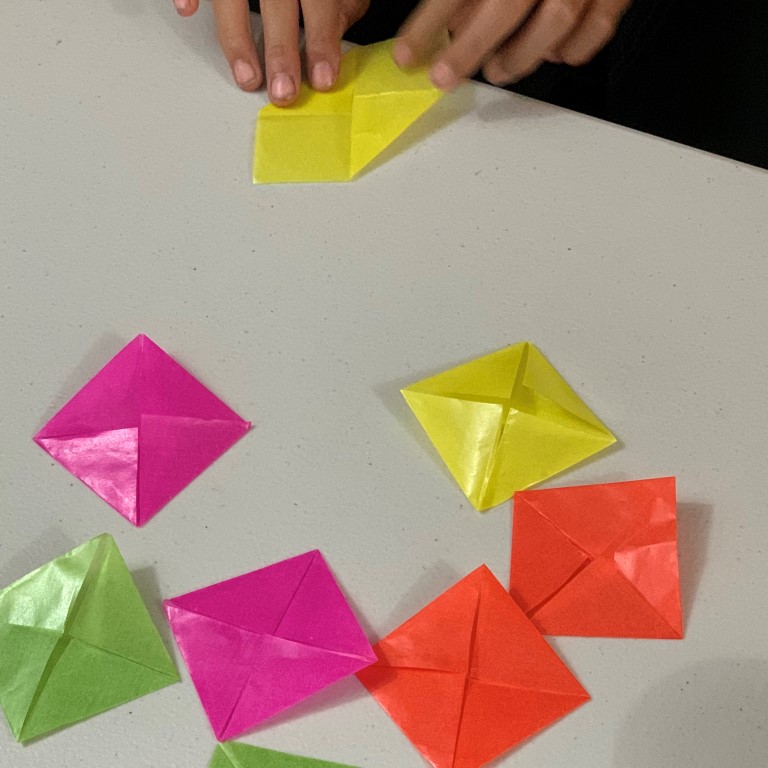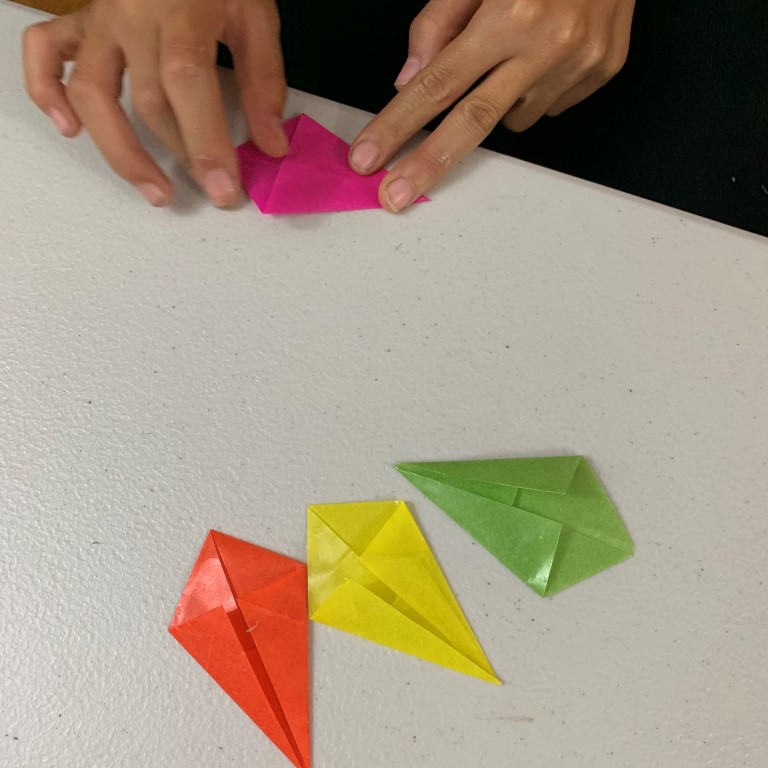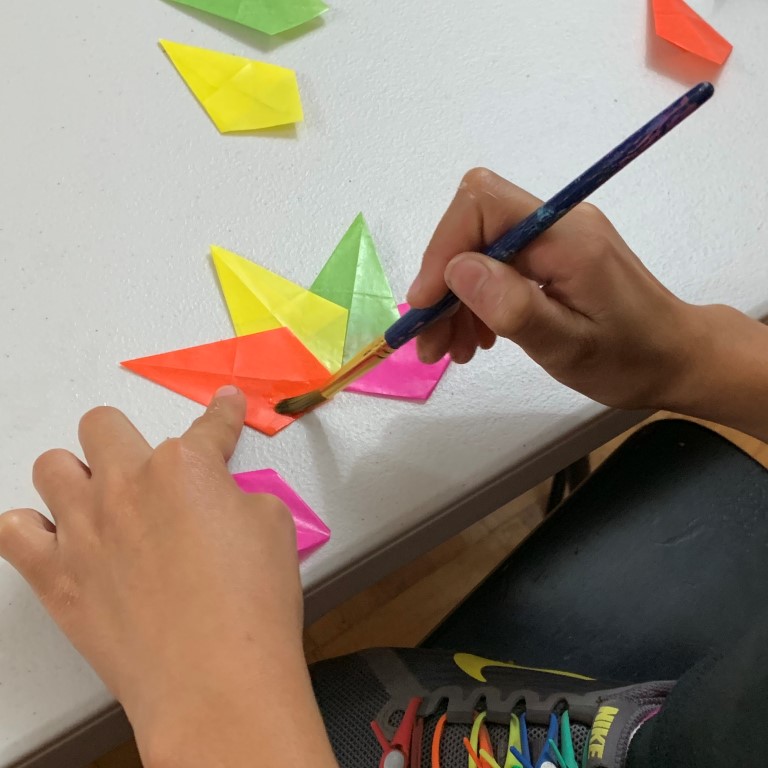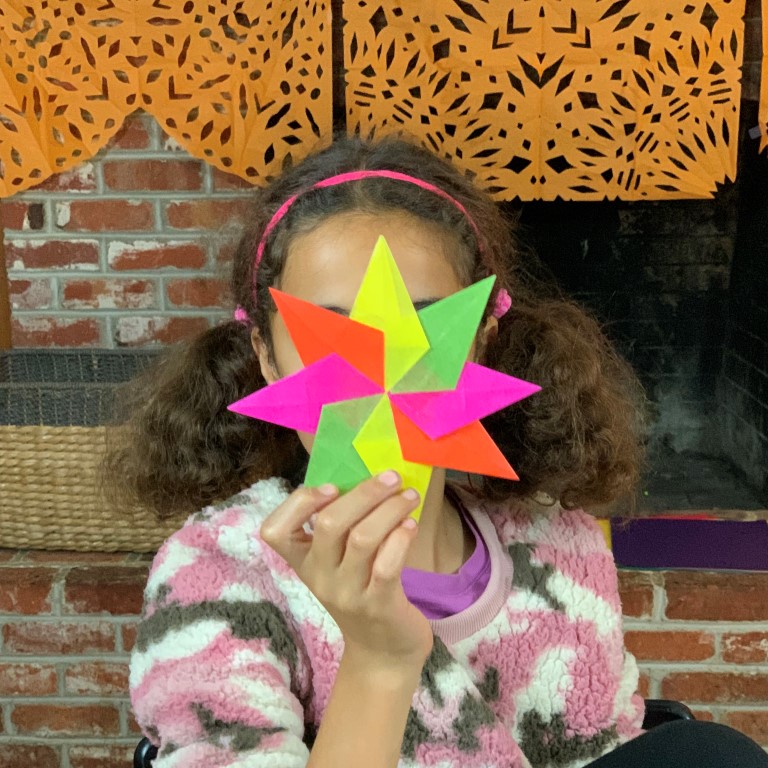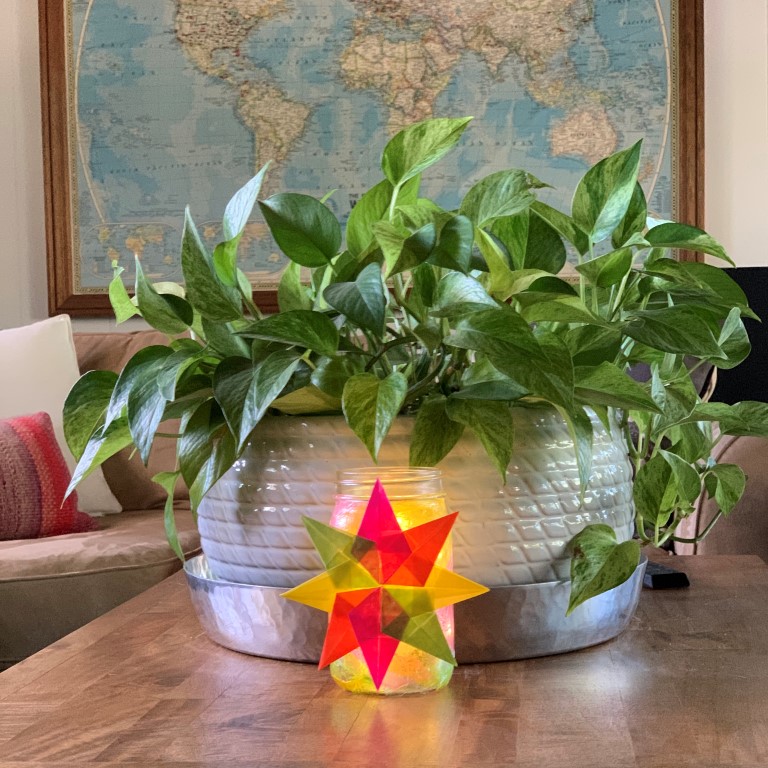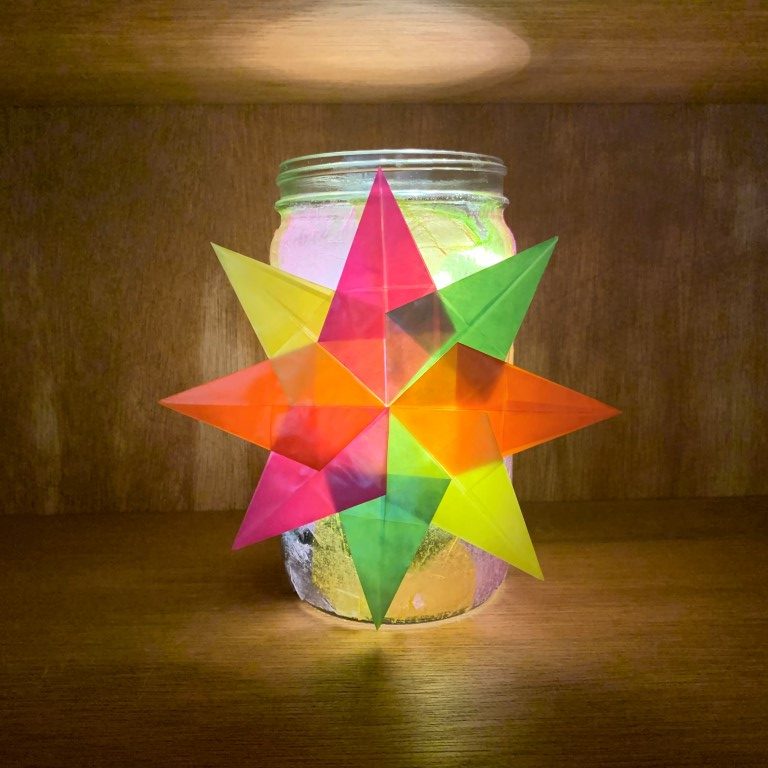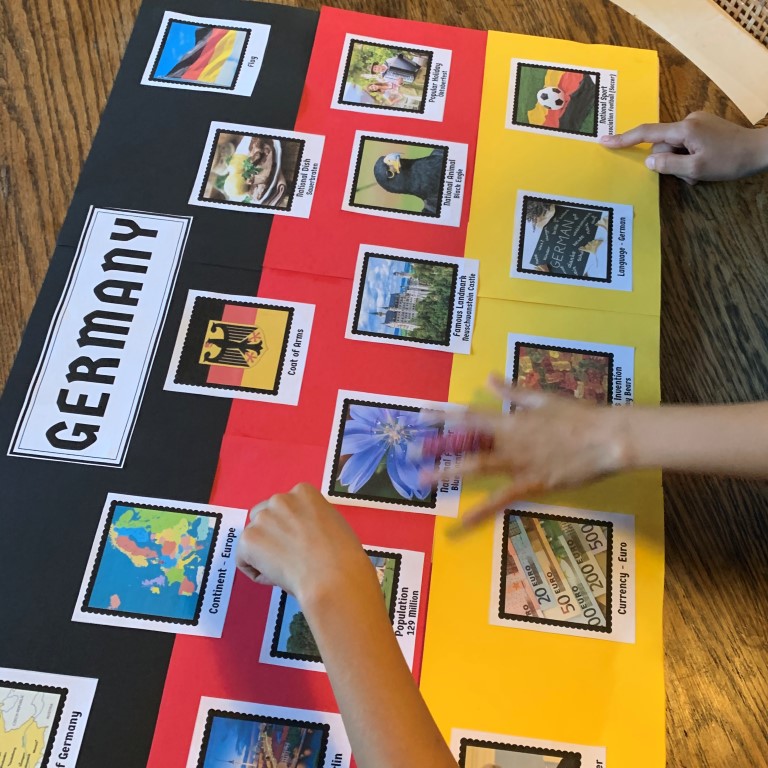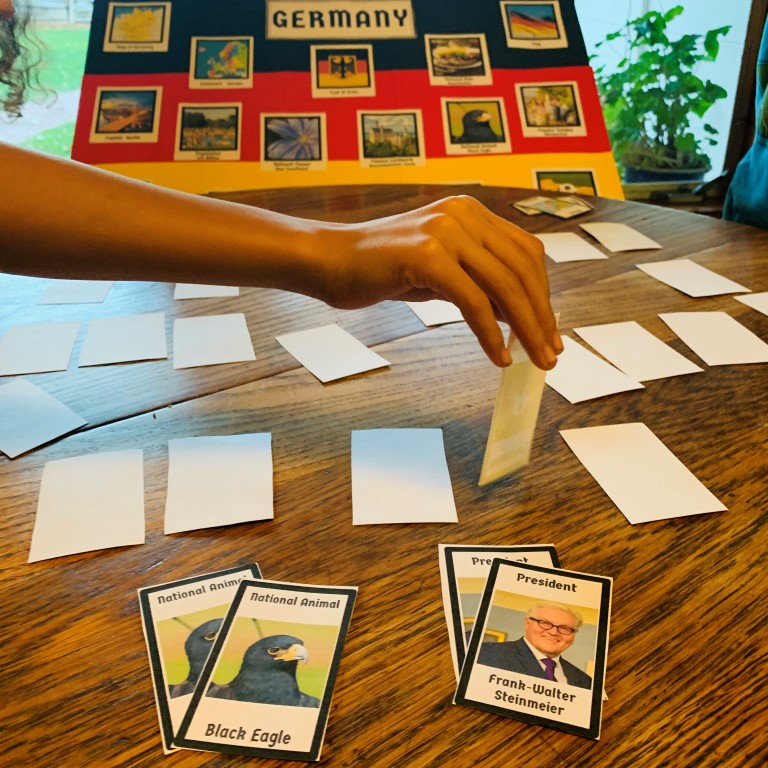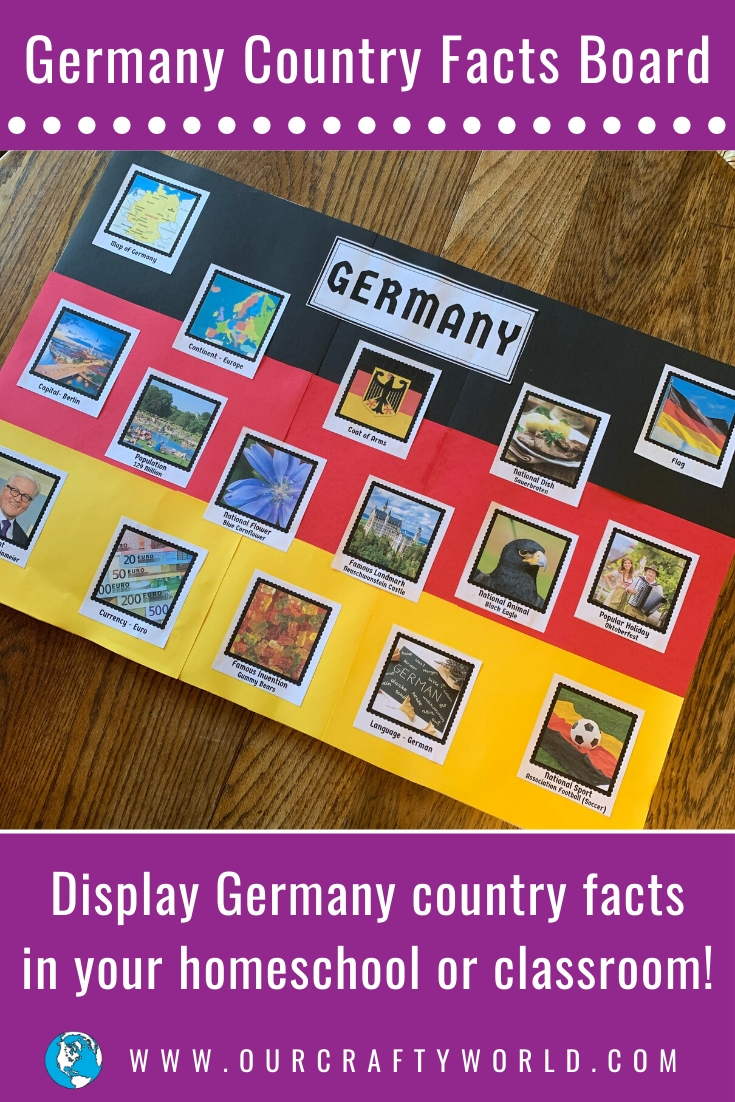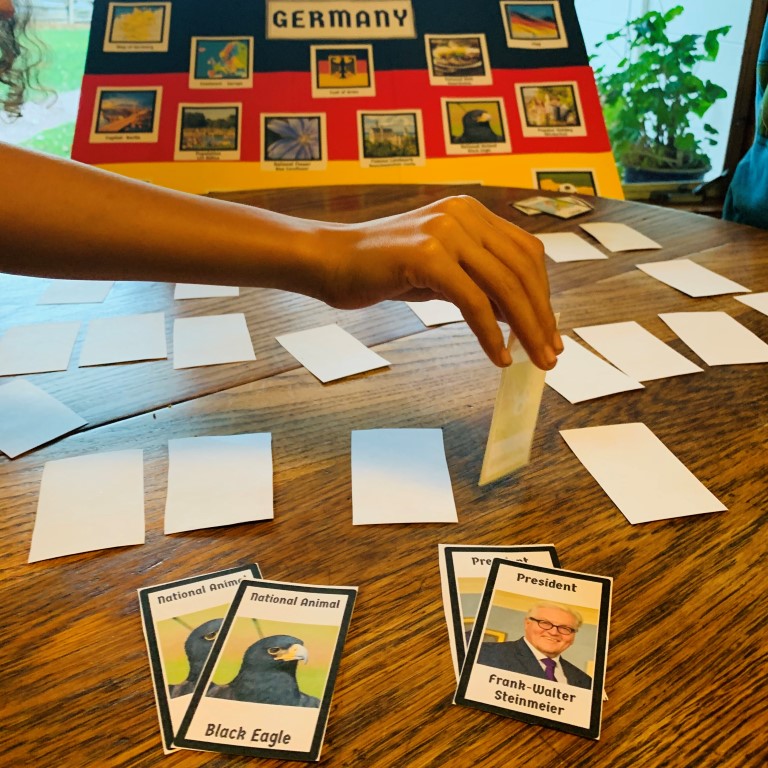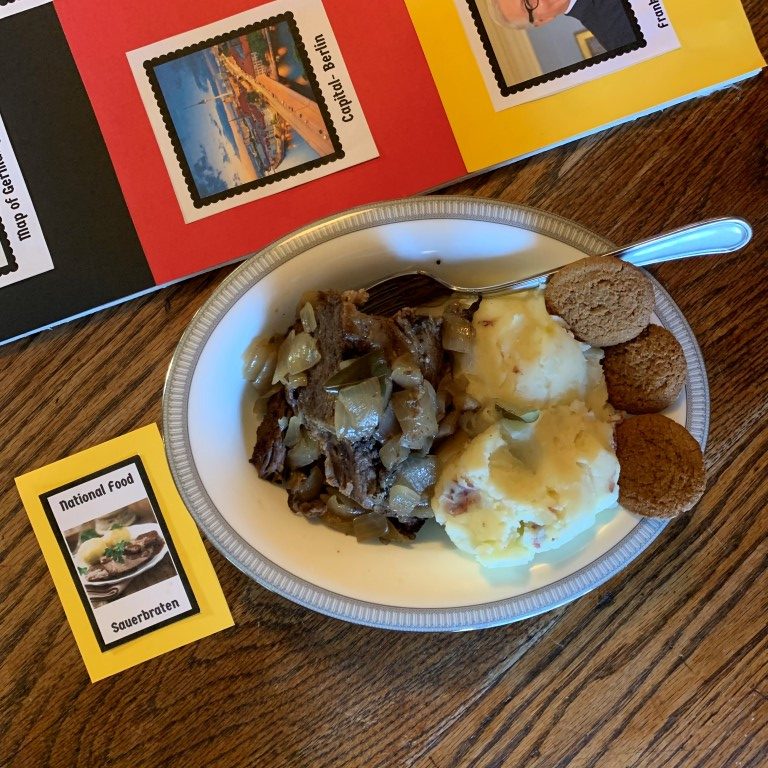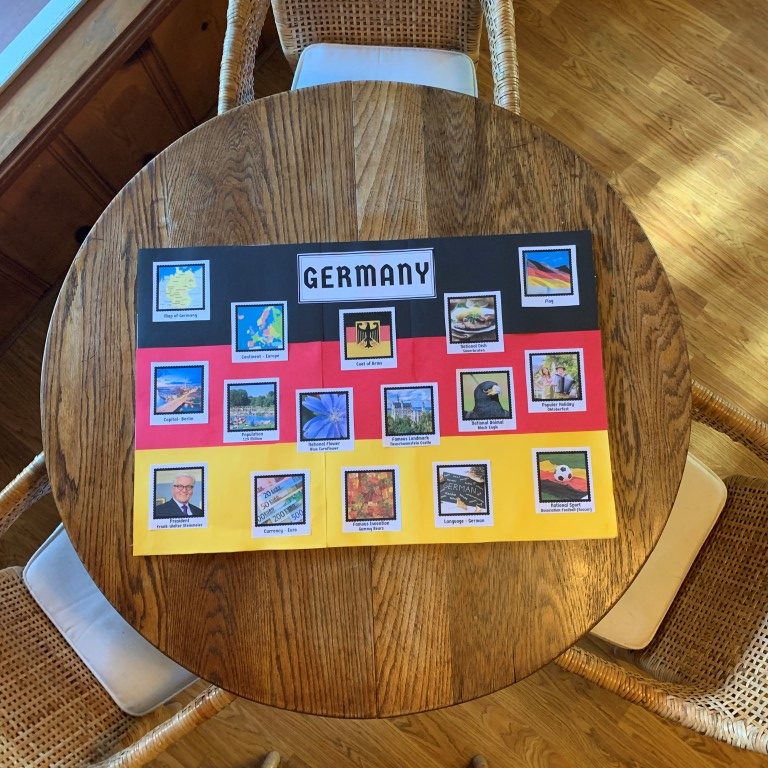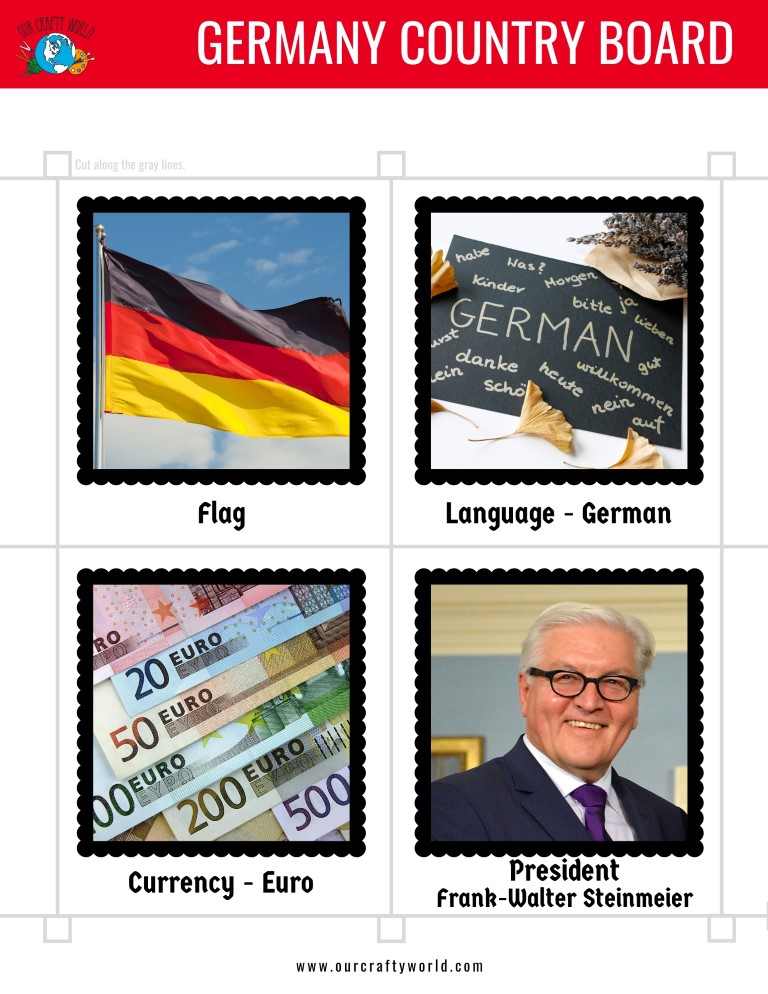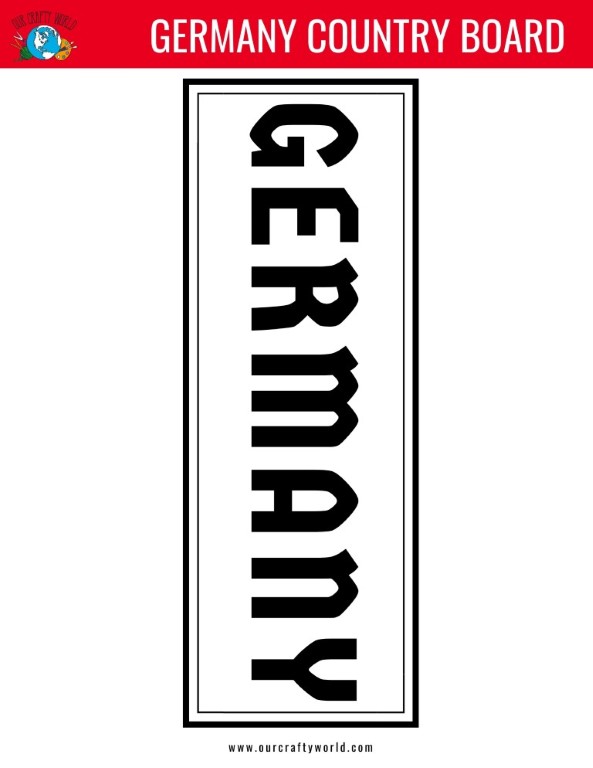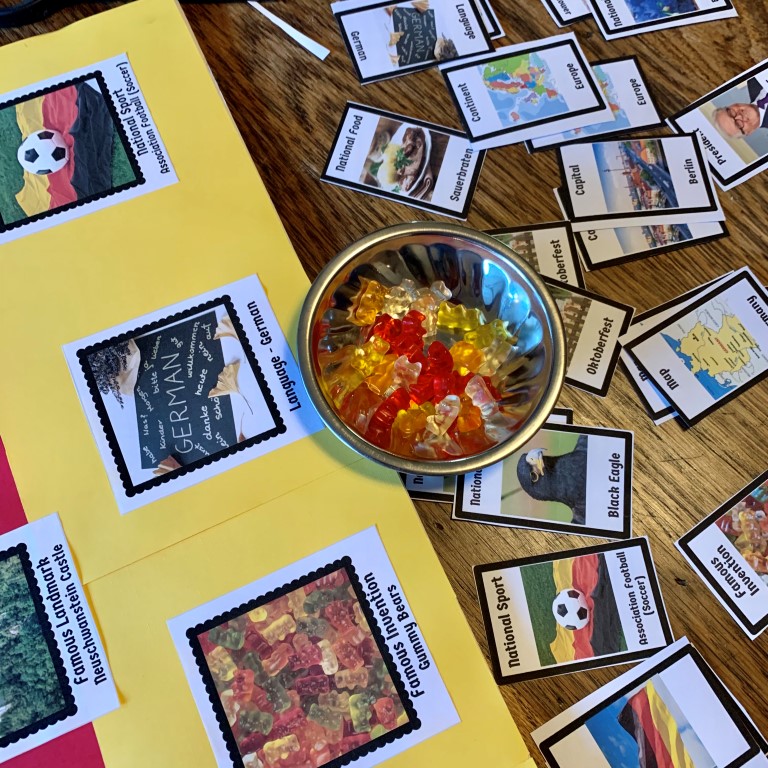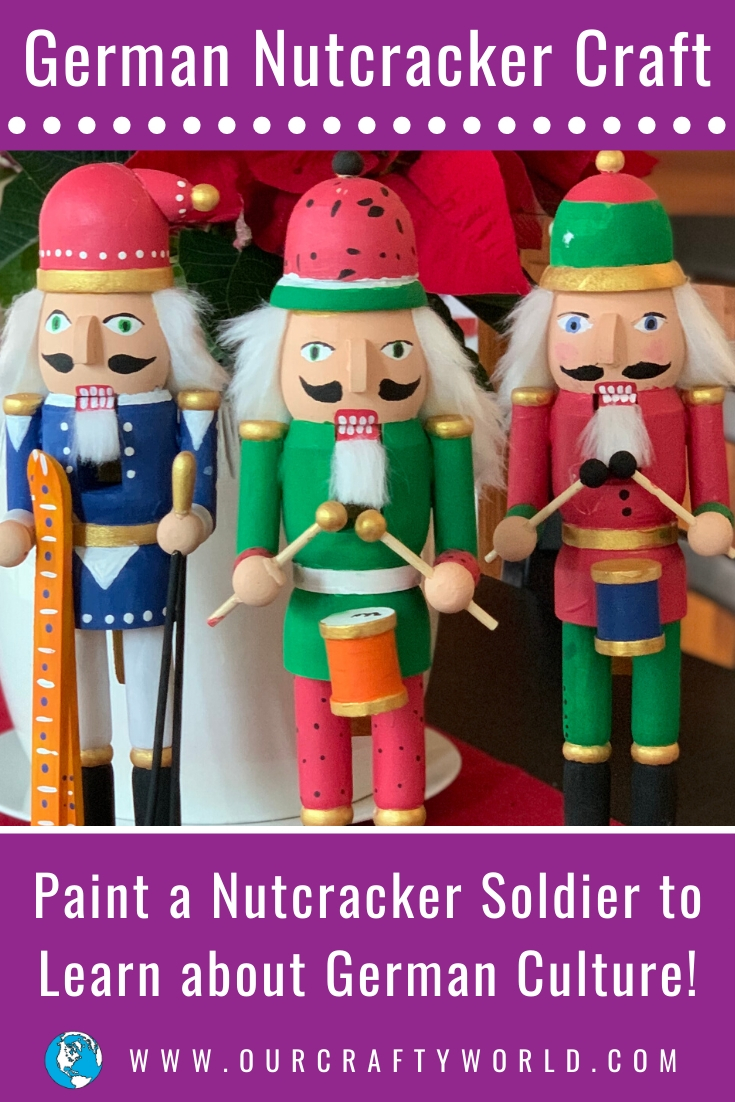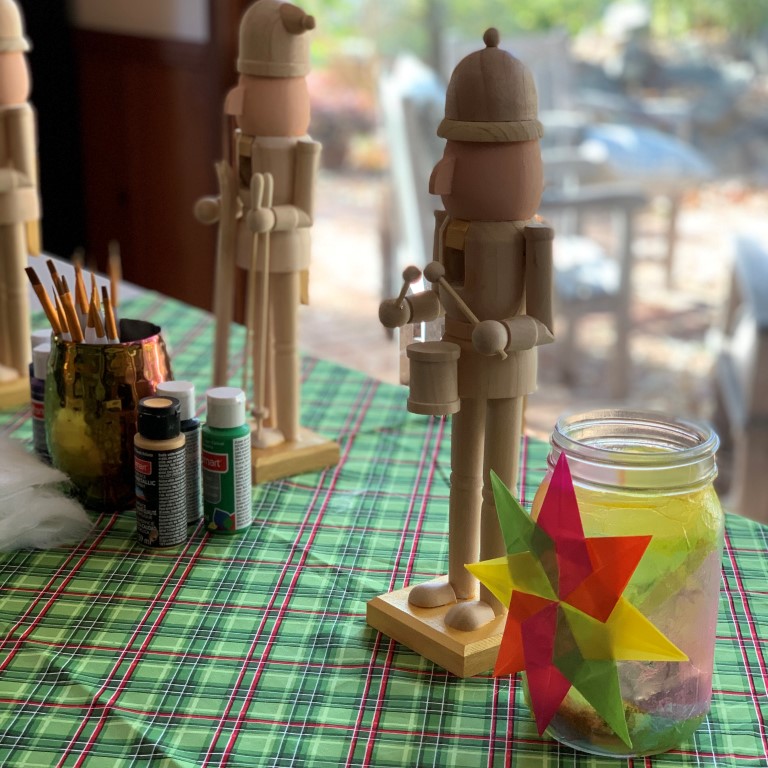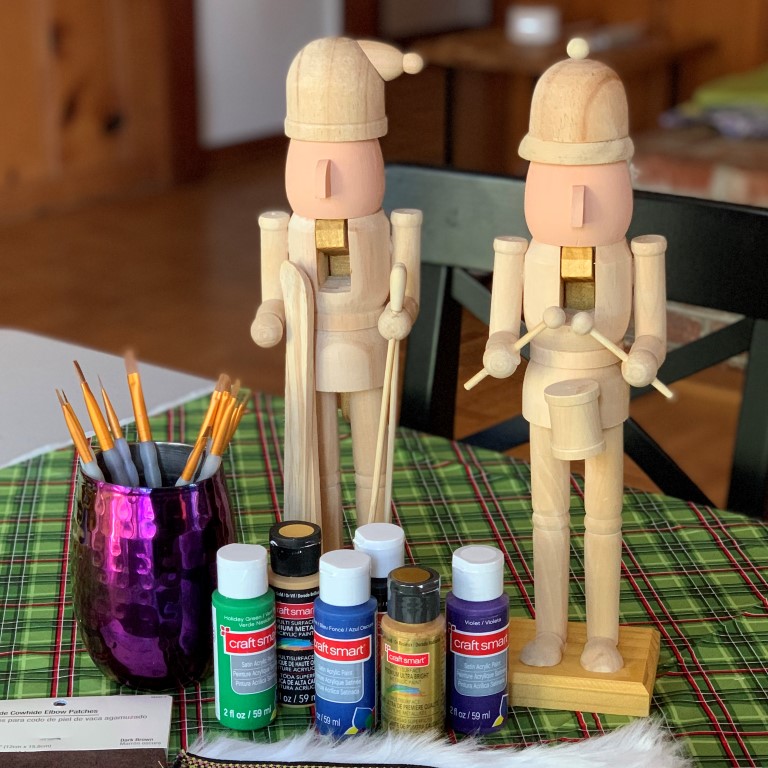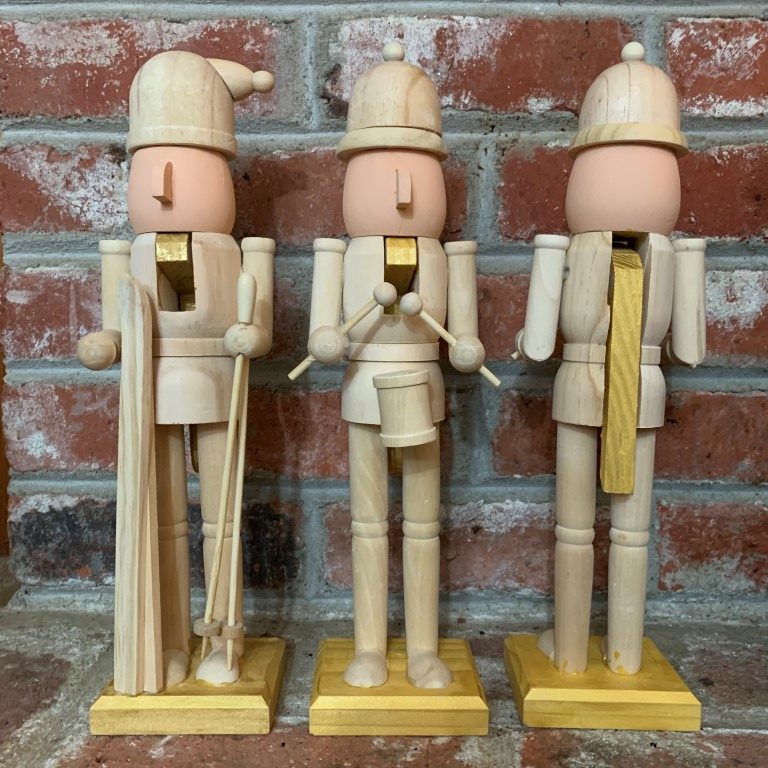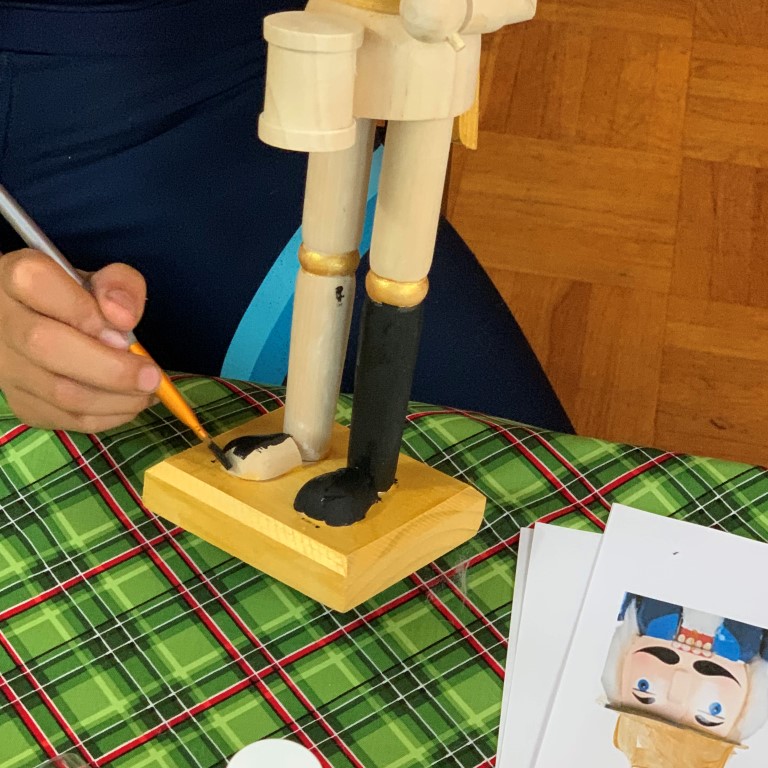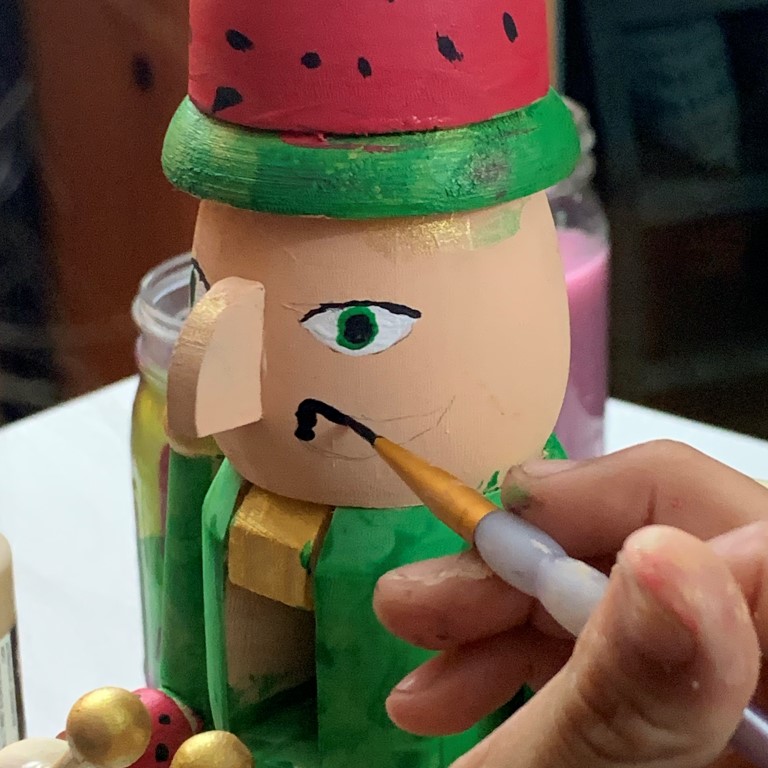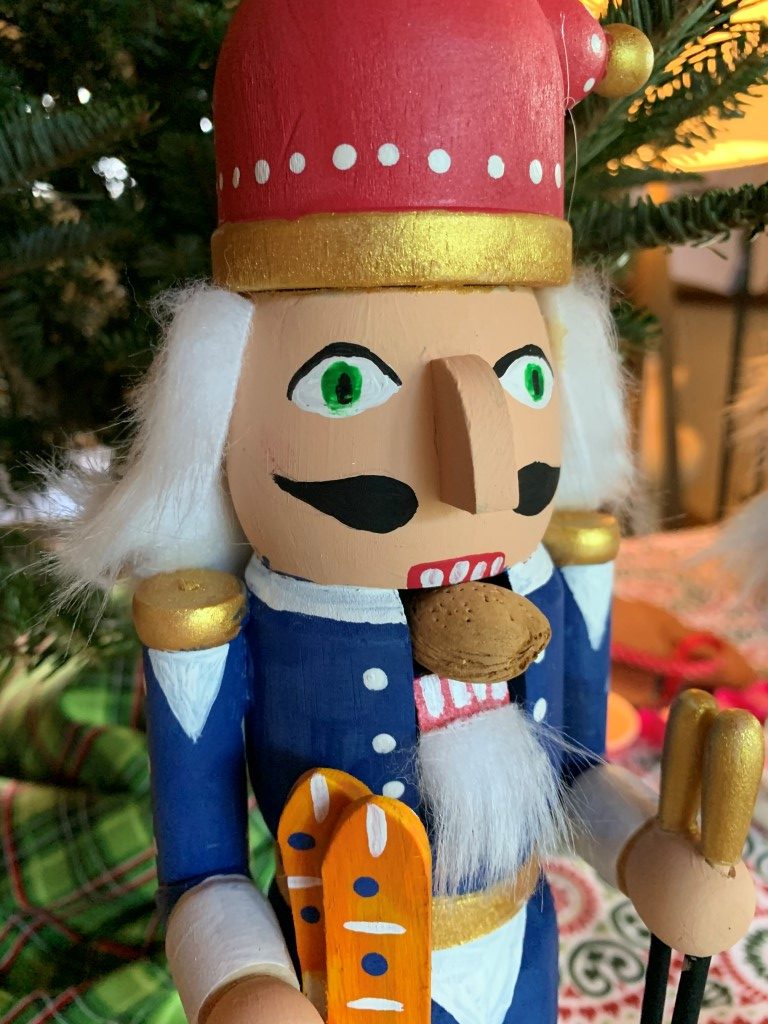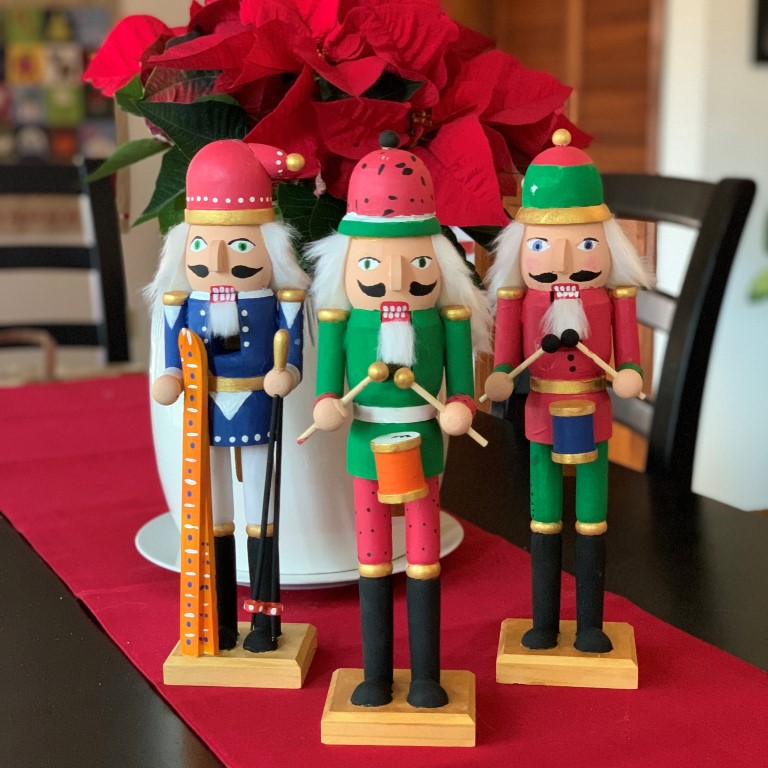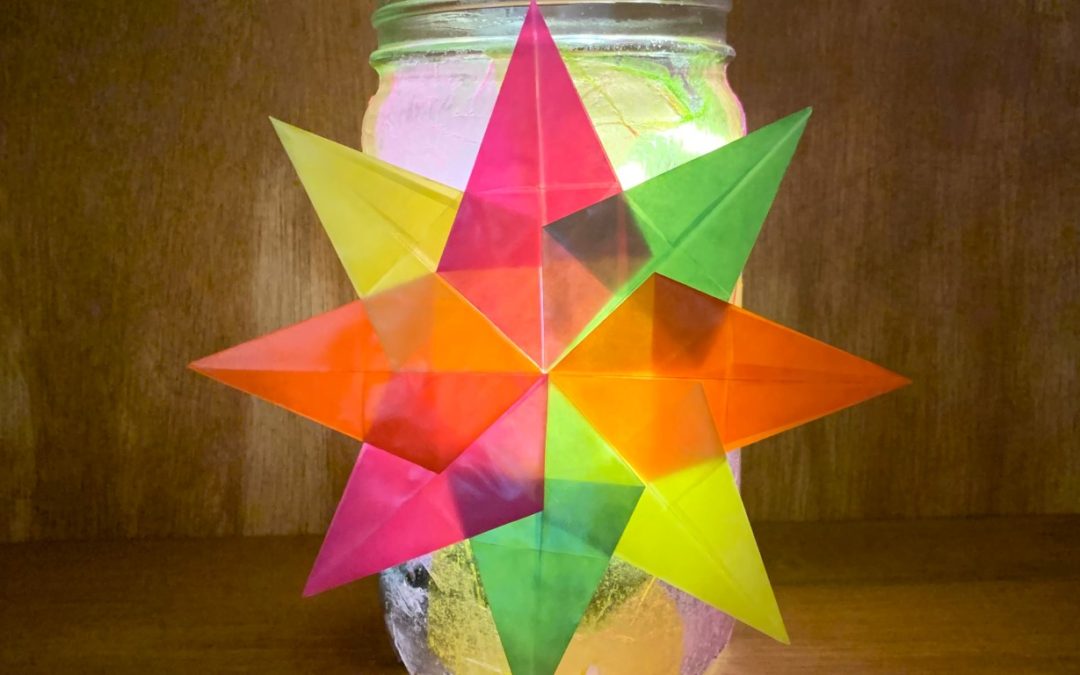
by Our Crafty World | Dec 13, 2019 | Germany, Home Featured
Please follow and like us:
If you read my blog post about baking a Weckman (German doughboy) to celebrate Germany’s St. Martin’s Day, then here is a great Germany craft for kids to take your celebration or studies one step further.
One of the many traditions for German families on St. Martin’s Day is a nighttime procession to a community bonfire at the end of a festive evening.
During the procession, children carry lanterns made of paper, probably made in school or at home.
While paper lanterns are quite beautiful and more traditional, I chose jar lanterns for the students in my Germany class because they are more likely to stand the test of time, which means they can be enjoyed longer.
For this project, you will need tissue paper in varying colors, Mod Podge, a paintbrush or sponge brush, a large jar, gel glue, a short strand of battery-powered white lights, and kite paper.
APPLY TISSUE PAPER TO THE JAR
First, have your children or students tear the tissue paper into different sized pieces. Make sure there are no straight edges on the pieces of tissue paper.
Glue the torn tissue paper pieces onto the jar with Mod Podge, overlapping at the edges just slightly.
Set the jars aside to dry overnigt.
To make the star, first cut the large kite paper squares from the booklet into smaller squares (fourths), as seen in the photo of supplies above.
You will need 8 small squares.
Fold each of the 8 small squares in half, then in half again.
Then fold each corner to the middle as seen here.
Next, fold two edges into the center of each square to form the points of the star.
Glue the points together one at a time.
The last step to finish up your star will require you to pull up the right side of the point you started with (as seen here) and glue it down flat.
Viola, you now have a paper start for your lantern!
For a great video tutorial on how to make these stars, click here (I did!).
Glue the star to the front of the lantern, put the battery-powered lights inside, and enjoy its beauty, day…
What types of lanterns have you made with your children or students?
I invite you to leave a comment about this Germany craft for kids below.
Please follow and like us:
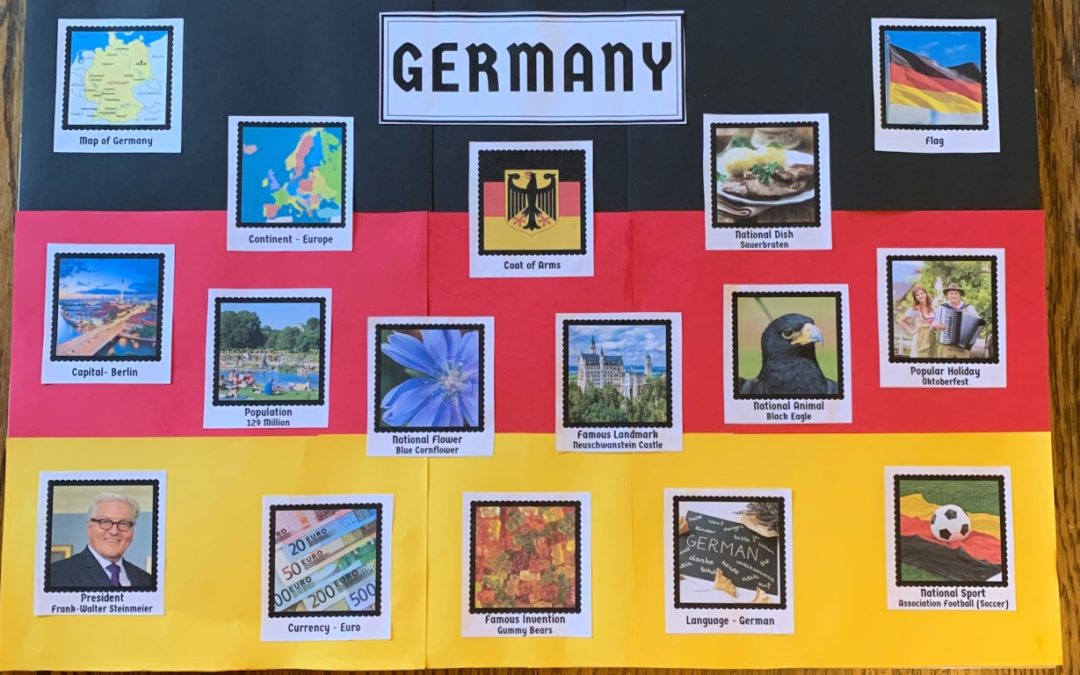
by Our Crafty World | Dec 12, 2019 | Germany, Home Featured
Please follow and like us:
Thinking about studying Germany with your children, homeschool group, or students?
Traveling to Germany for your next family trip?
Download our FREE Germany Country Facts Board printable to teacher children basic country facts – quickly!
The cards for the board provide so many interesting facts and lead to a myriad of talking poionts and conversations with your children or students.
If you’re studying Germany in your class or homeschool gropu then this board will provide a great foundation for learning about the country as a whole, especially when coupled with our Germany Concentration Game.
And if you’re a lucky one who just so happens to be planning your next family trip to Germany, having this board in your house prior to the trip will open up wonder and hidden nuggets of curiosity about the country before you even get there.
It may even spark some fun family activities before you go, like cooking sauerbraten, Germany’s national dish!
To make a country board that looks like the Germany flag as seen in this post, you will simple need black, red, and yellow paper, scissors, a glue stick, and our FREE Germany Country Facts Board printable.
Kids love to help make tehse boards so be sure to put them to work. : )
Place prominently in your home, homeschool, or classroom.
In yesterday’s Germany class, I just plopped it right on the table to sit around, discuss, and enjoy.
Here is an example of what the pages look like.
I have also included a header for the board.
Enjoy the process of making this board with your children or students…and be sure to offer up some Gummy Bears along the way!
If you are interested in my FREE country board printables for Mexico and Ireland, click here:
Mexico Country Facts Board
Ireland Country Facts Board
Also, be sure to read the following blog posts about how to celebrate Germany’s St. Martin’s Day in a very unique way.
How to Make a Weckman for Germany’s St. Martin’s Day. A weckman is a sweetened dough boy that is baked and eaten by children to celebrate this holiday.
St. Martin’s Day Lanterns – A Germany Craft For Kids. This is a simple and beautiful paperfolding Germany craft for kids.
Have you ever made a country board as a way to learn about a country? Any creative ways for displaying your board that you want to share?
I invite you to leave a comment about this Germany craft for kids below.
Please follow and like us:

by Our Crafty World | Dec 11, 2019 | Germany, Home Featured
Please follow and like us:
Looking for a Christmas project to spark imagination, creativity, and a new-found knowledge of German culture for your children or students?
This Germany craft for kids is the ONE!
First, they’re BEAUTIFUL, FESTIVE, and FUN!
And the best part? They can be done over time, adding details and flair as you go, which makes them the perfect craft for kids at home or in a homeschool group.
After studying the history of the nutcracker in our Germany class, we moved right into the project, learning so much as went along.
For this project you will need a plain, wooden nutcracker (I found these at Michaels but you can buy them on Amazon), paints in varying colors (definitely include gold, green and red), paint brushes in medium to extra fine brush sizes, craft hair (Michaels or Amazon), and a glue gun.
To jumpstart the project, I painted the base and a few key areas of the nutcrackers gold ahead of time to allow my students to get right to the fun part of painting the uniform, hat, and accessory items like the drum and skis.
We started with the boots by painting them black. In hindsight, it would have been fun to paint gold or white laces up the front of them.
By looking at photos we determined how to paint the eyes and moustache. One student sketched these details in pencil first.
If you look at pretty much any nutcracker, the shape of the mouth and teeth are very consistent, so you can paint them as you see here. Make sure to let the red paint dry before adding the white teeth!
For the hair, wrap it around the circumference of the head to determine where to cut it, paying attention to length as well.
Now that your children or students have their very own nutcracker soldier, display them in all their glory!
Have you ever done a nutcracker craft with your children or students? I’d love to hear about it!
I invite you to leave a comment about this Germany craft for kids below.
Please follow and like us:
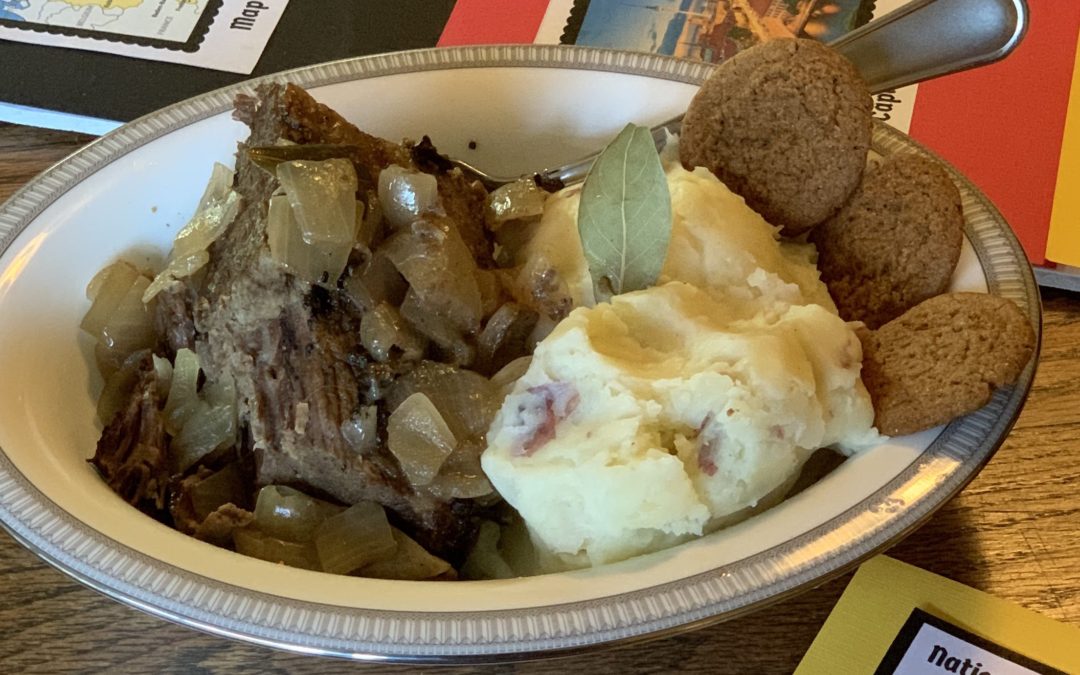
by Our Crafty World | Nov 27, 2019 | Germany, Home Featured
Please follow and like us:
I teach world culture art and enrichment classes to 8-13-year-olds. I offer five-week sessions in which we dive deep into one country in the areas of art, creative activities, and FOOD!
For the first class of every session, we focus our activities on basic country facts to get to a good overview of a country as a whole.
One thing I always try hard to do is prepare (or purchase) the National Dish.
Kids LOVE foreign food!

For our current session, Germany, I made Sauerbraten, a delicious beef dish slow-cooked in vinegar, onions, sugar, cloves, and topped off with a ginger snap gravy.
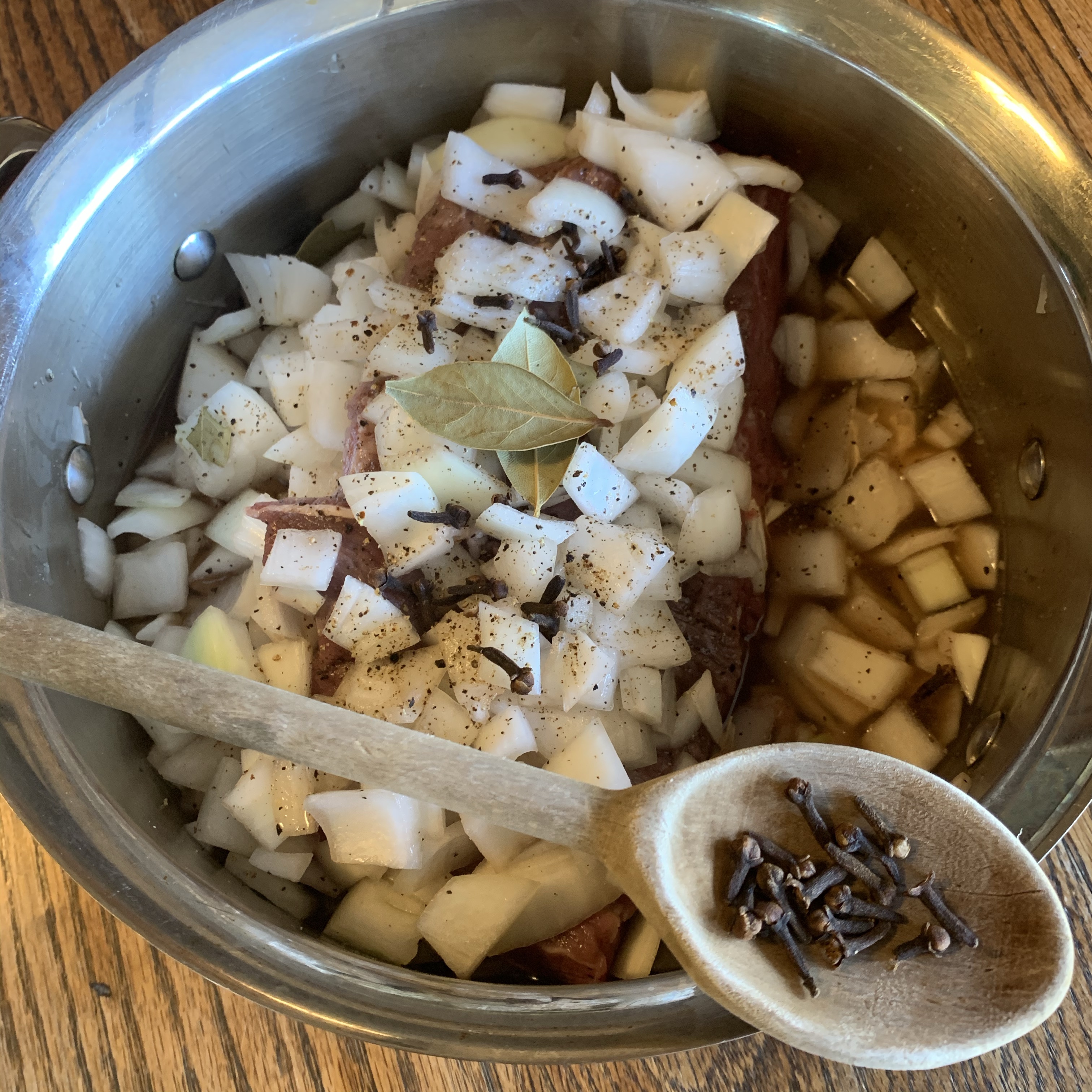
It was so GOOD!
Serving the national dish is the best way to introduce the foreign flavors of a country and I take time to present it in a way that highlights any foreign ingredients.
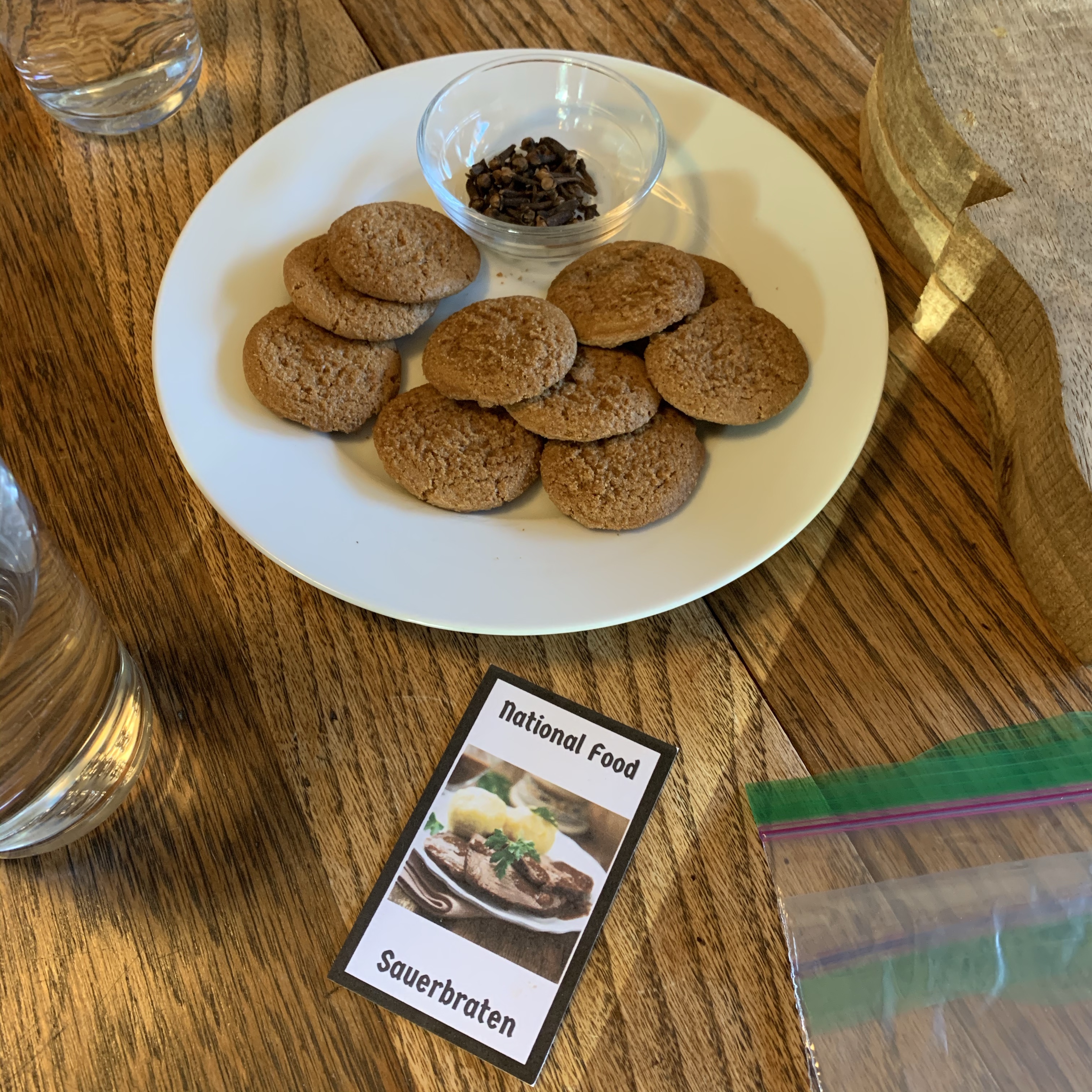
Presentation is key with foreign foods and kids. When you talk about a dish before sampling it, make sure to put out a plate with any ingredients that make it unique or different.
For Sauerbraten, I put out cloves and ginger snaps…the two ingredients that make this recipe unique. Not to mention, ginger snaps originated in Germany (bam!).
Give each student a chance to touch, smell, and even sample these unique ingredients. Talk about them and ask your children or students questions about them.
When it comes time to serve the national dish, prepare just enough for a few bites.
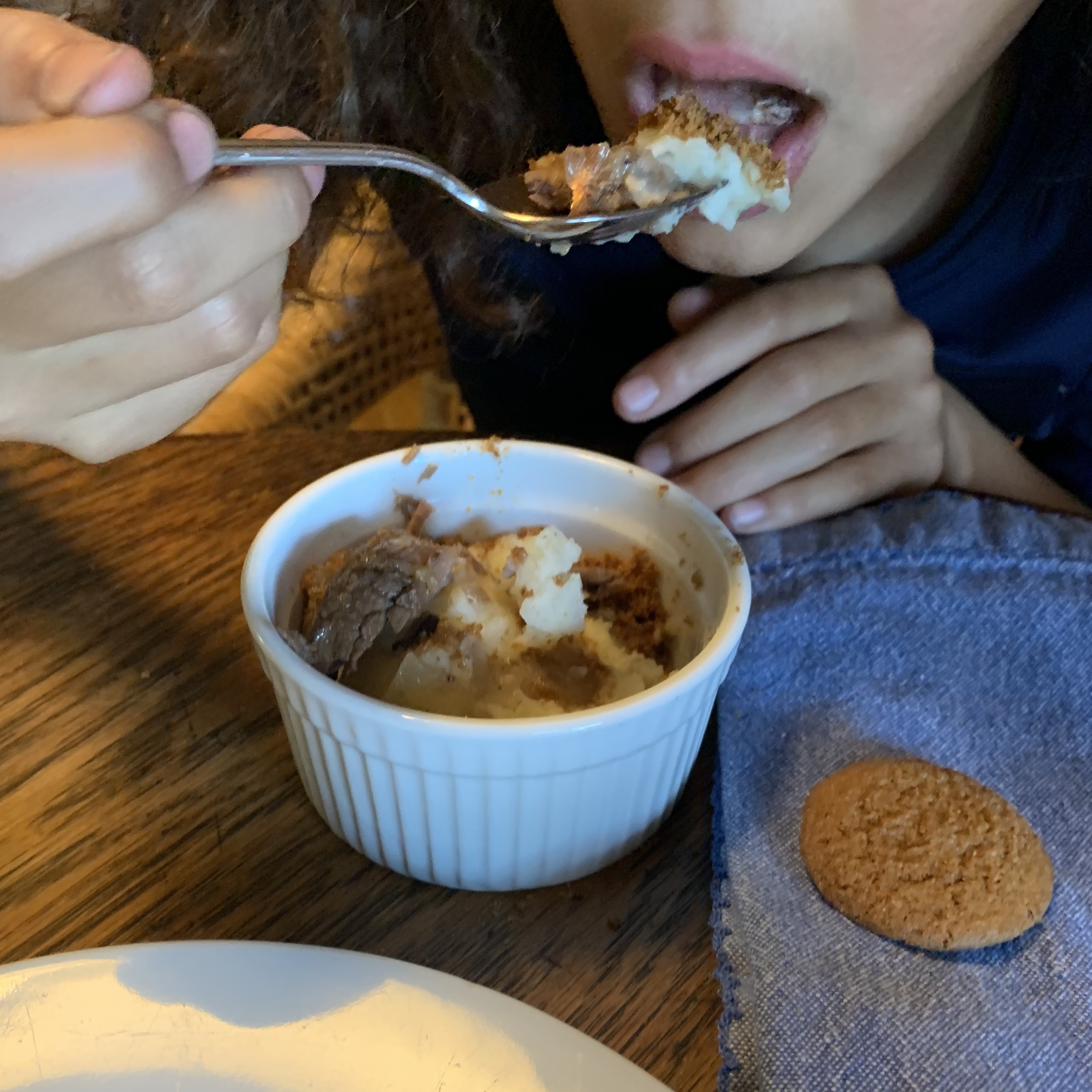
Remind your students that the goal is simply to taste something new. There is no need to finish their serving or even like the dish. Kudos to them for even trying it!
If you can wrap in other learning opportunities with serving the national dish, then you will successfully make this an experience to be remembered for your children or students.
For example, after going through our Germany Country Facts board I then served the sauerbraten…
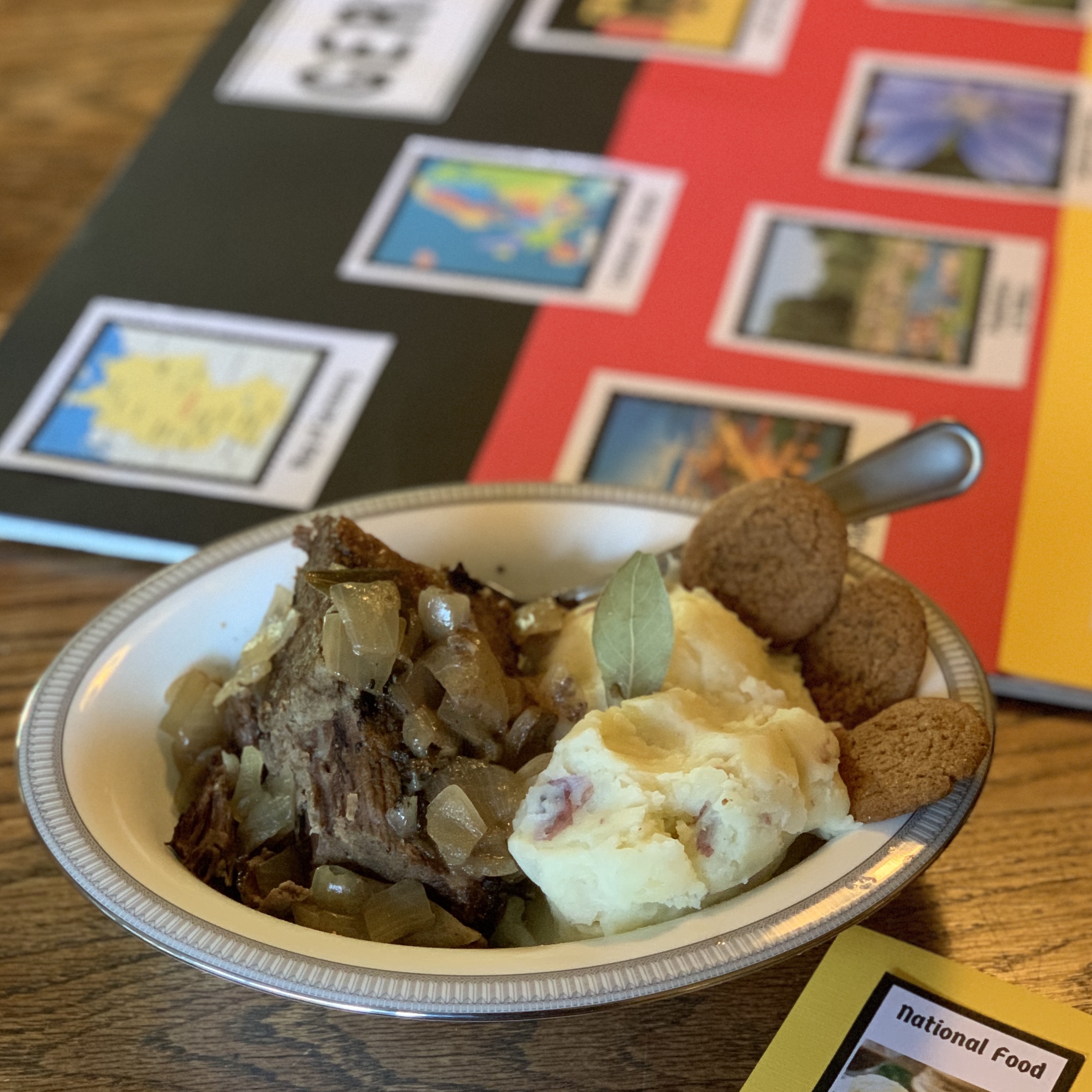
…and followed it up with a fun game of Germany Concentration.
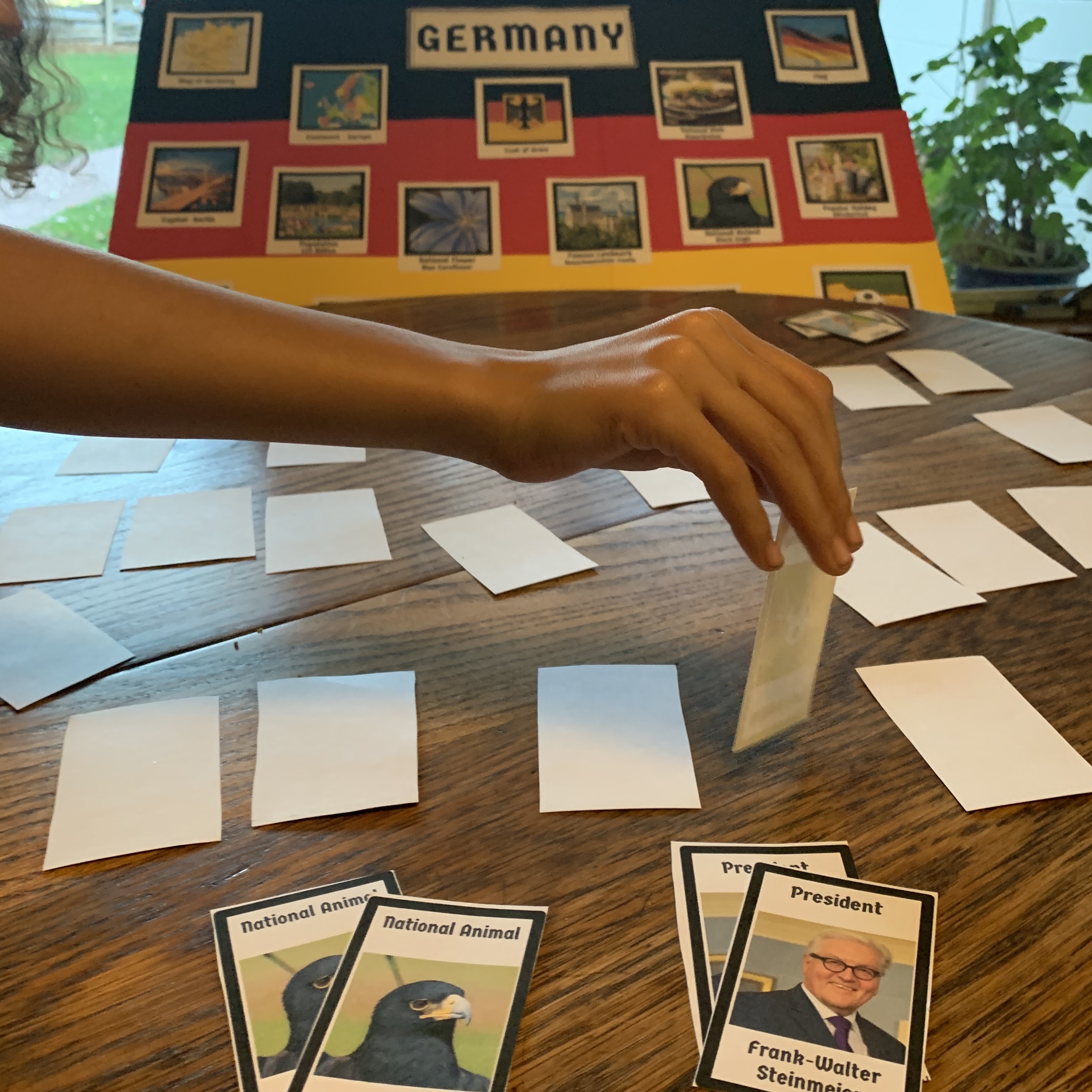
Whatever the country, whatever the national dish, any effort you make to add world cuisine to your family, homeschool, or classroom life is an effort well worth it.
Kids thrive on new experiences and new experiences make kids yearn for more. This is what drives me forward as a world culture teacher every day.
What national dishes have you made? What were your childrens’ or students’ reactions?
I invite you to leave a comment about this Germany recipe for kids below.
Please follow and like us:
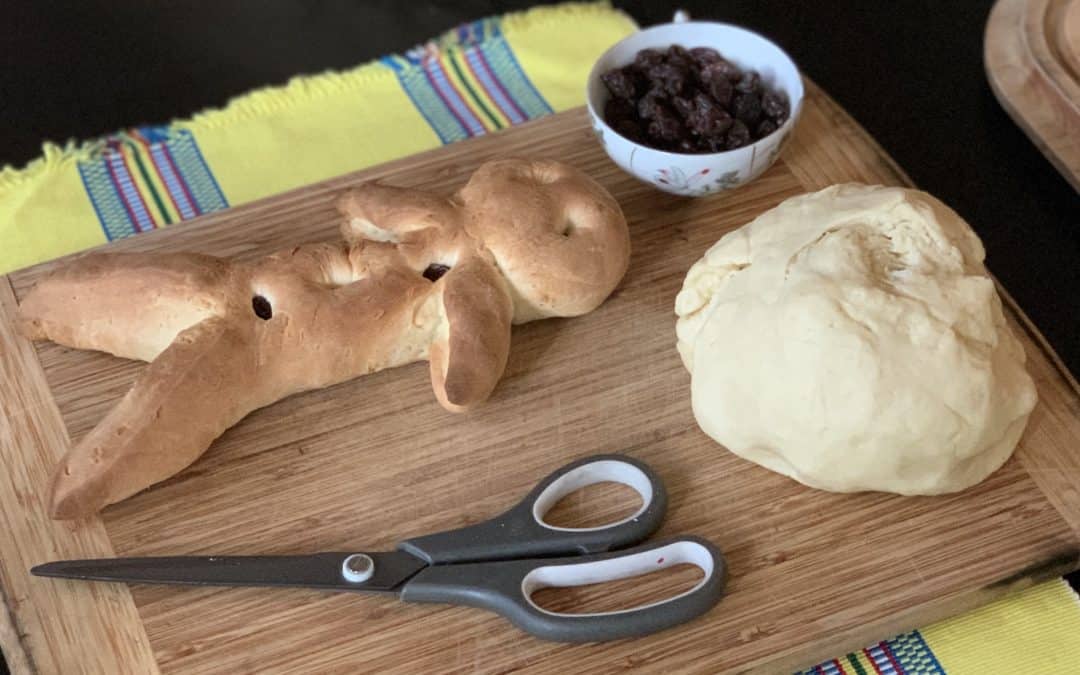
by Our Crafty World | Nov 20, 2019 | Germany
Please follow and like us:
This Germany project was so much FUN!
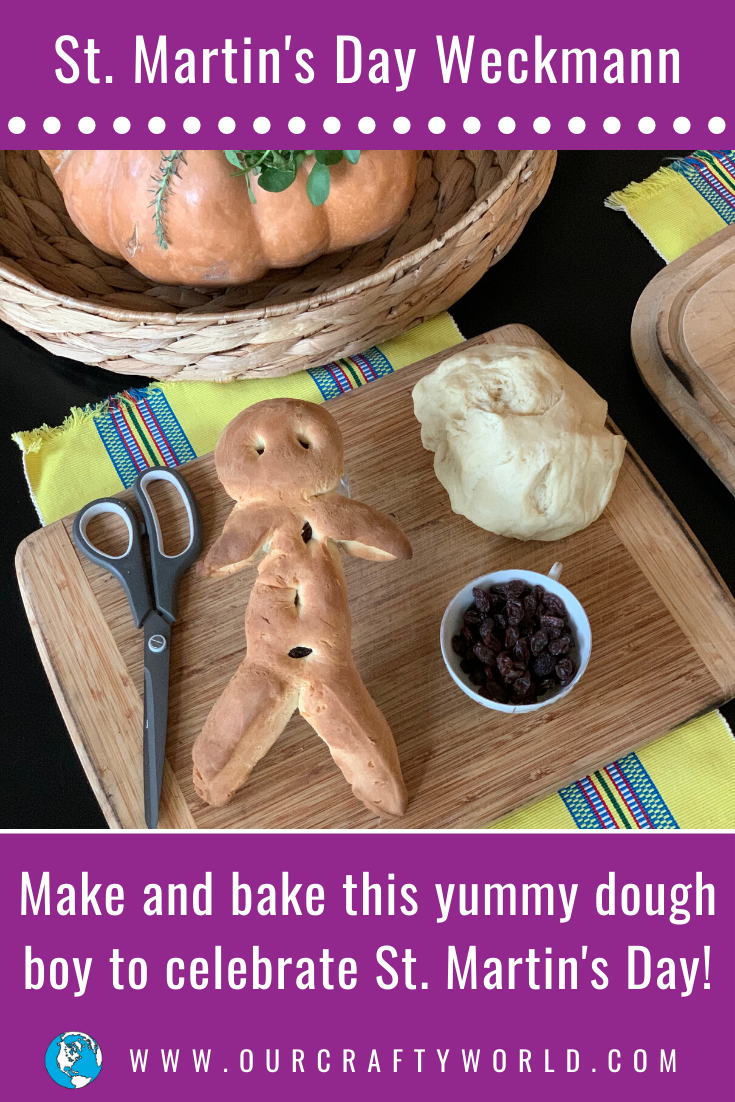
To kick off my 5-week Germany class for kids I thought it would be festive to spend our first class learning about and celebrating a popular German holiday called St. Martins Day that took place in Germany on November 11th this year.
The simple story of St. Martin and his compassion for someone less fortunate than himself was a great one to share with my students as the holidays and the season of sharing are right around the corner.
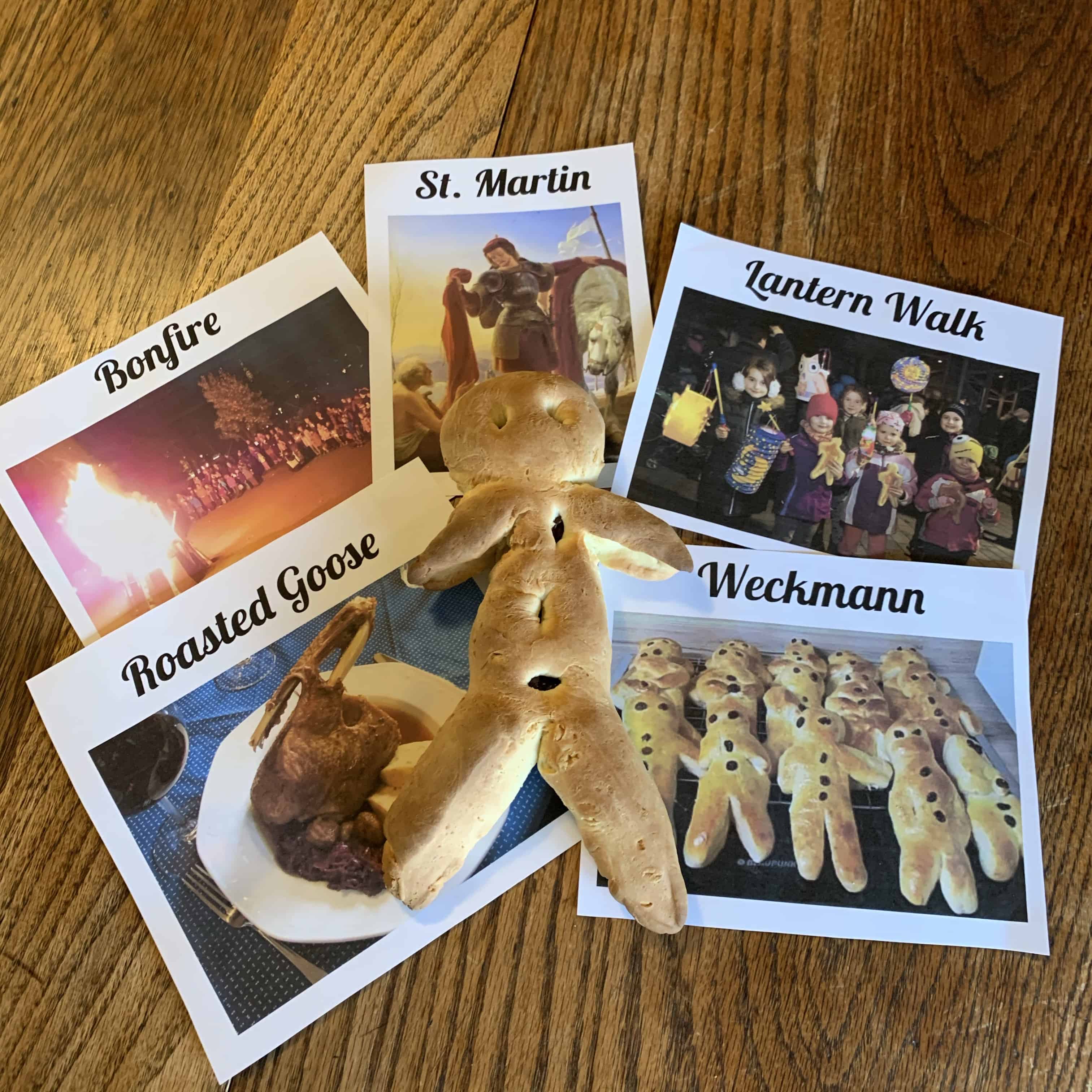
To begin, I printed out the major highlights of the holiday (which we discussed in detail at the beginning of class), one of which is the tradition of eating a Weckmann (a large dough boy made from sweet bread).
I used a recipe that I have to admit intimidated me a bit because I have only made bread a few times in my life.
Surprisingly, the process was quite easy. By the time class rolled around the dough was the perfect consistency for our project.
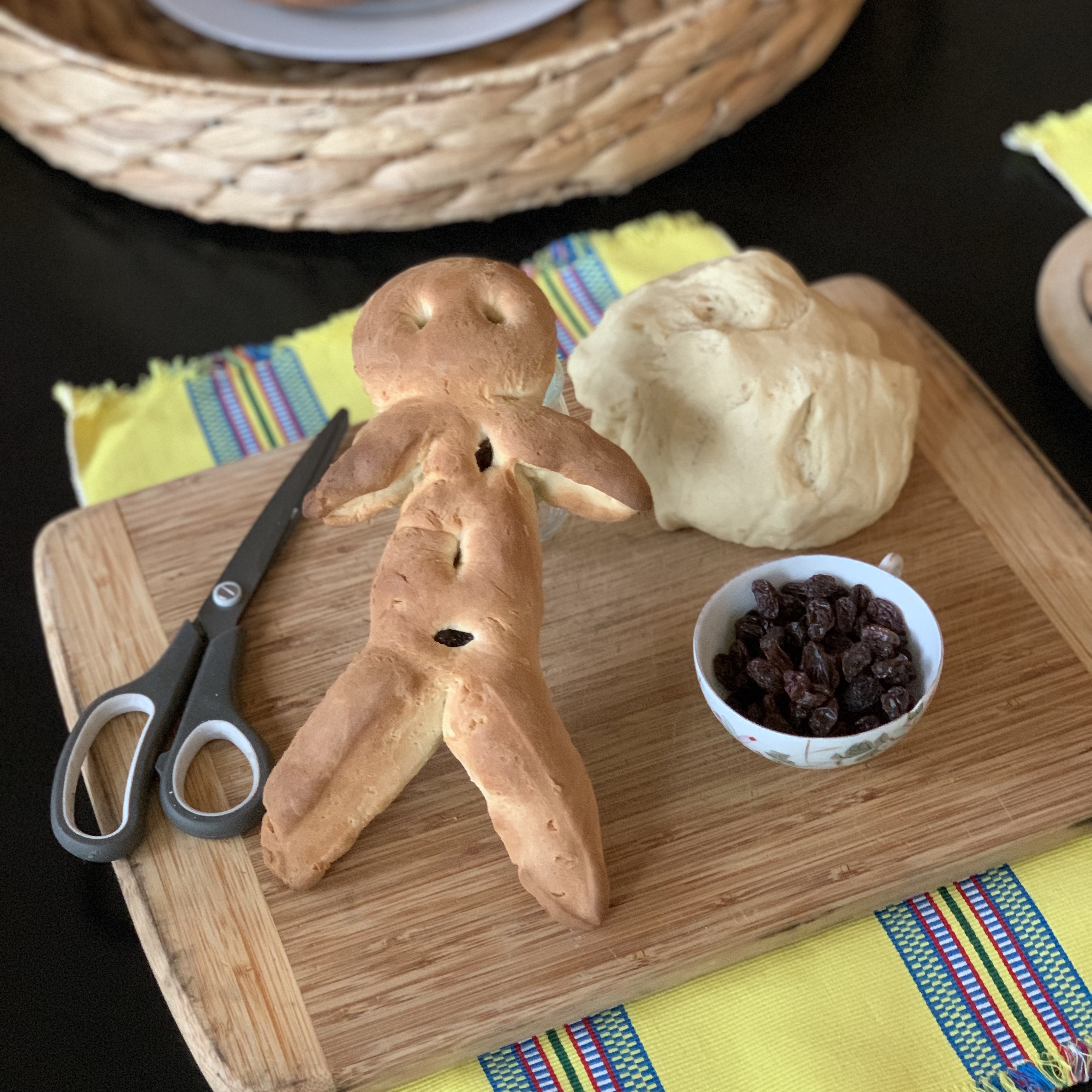
Now it may seem strange to see a pair of scissors in this photo, but as you read on you will see that this is what made the project so fun!
First, we stretched our dough out thick and long.
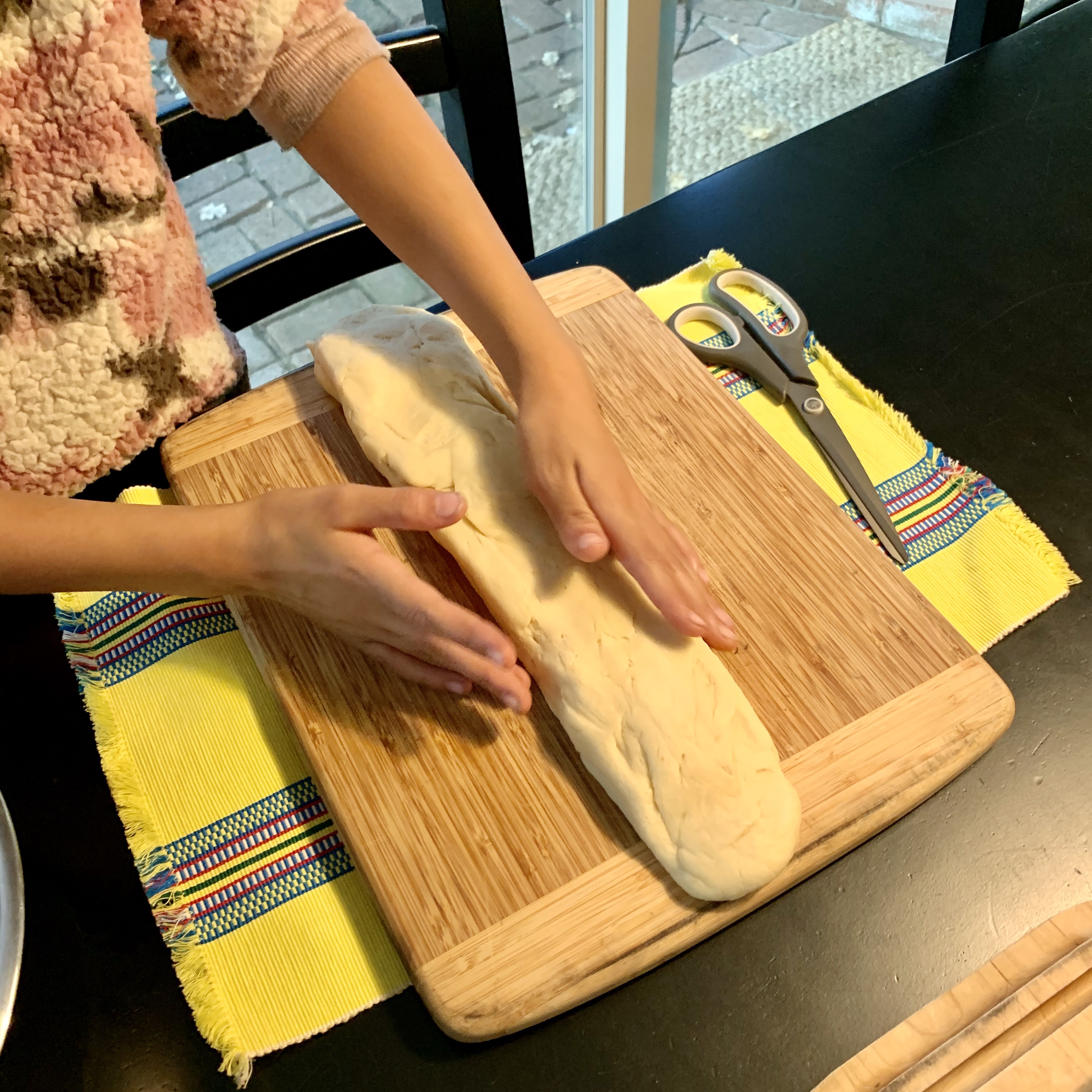
Then squeezed the neck area to shape the head.
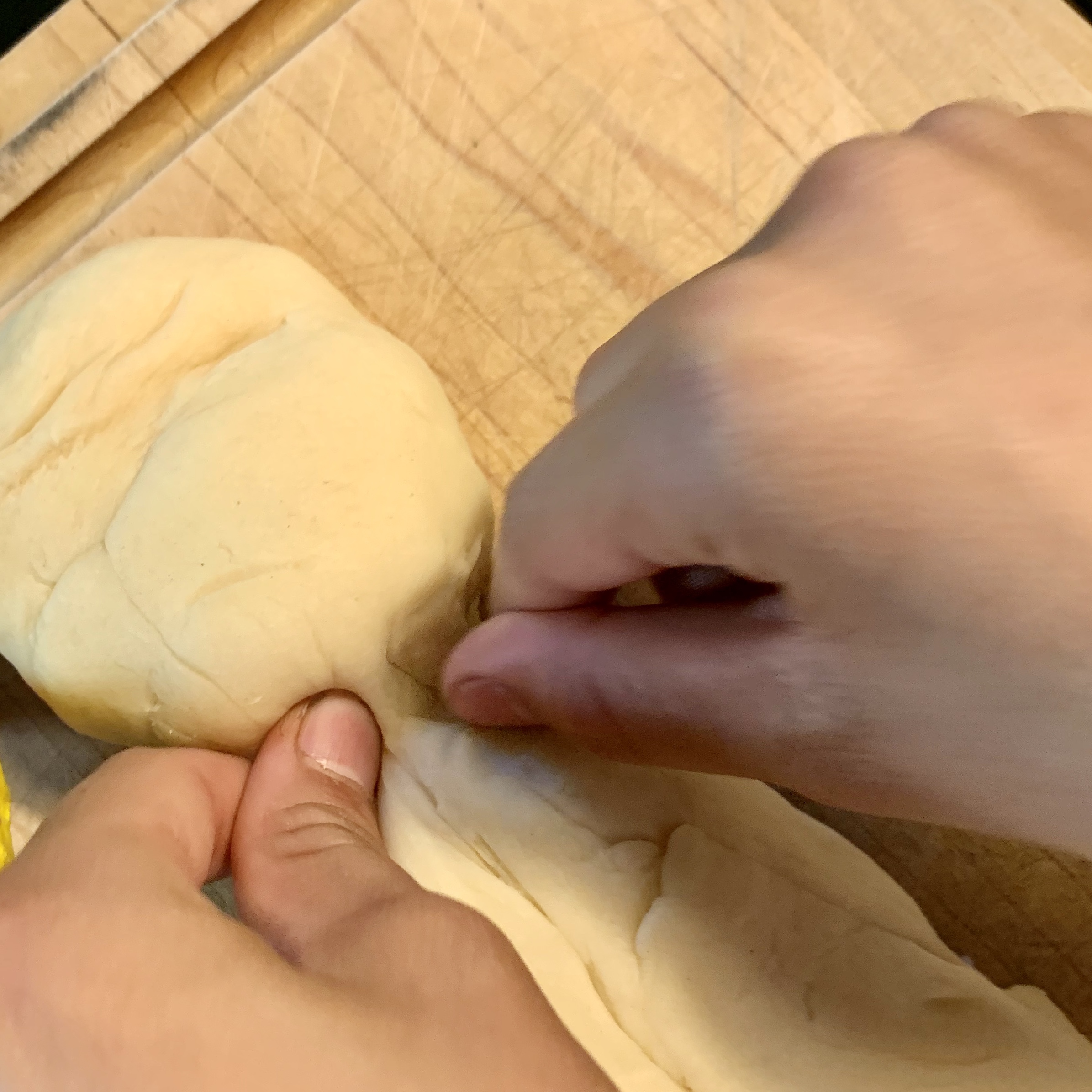
Using scissors we cut arms and legs. Oh, how my students loved this…and I always love seeing my students try something new!
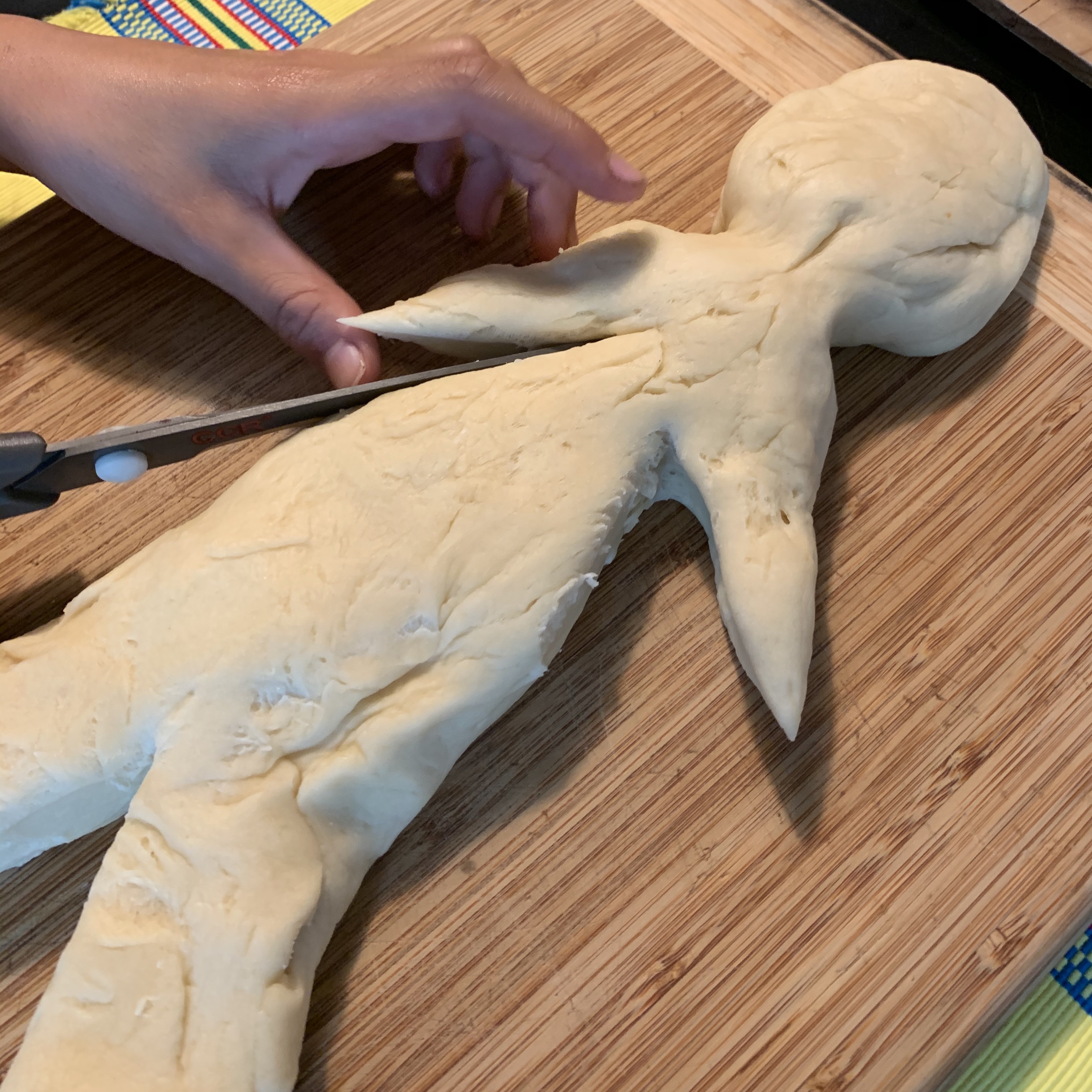
Using raisins, we pressed in eyes and buttons (you have to press them really deep otherwise they pop out while cooking).
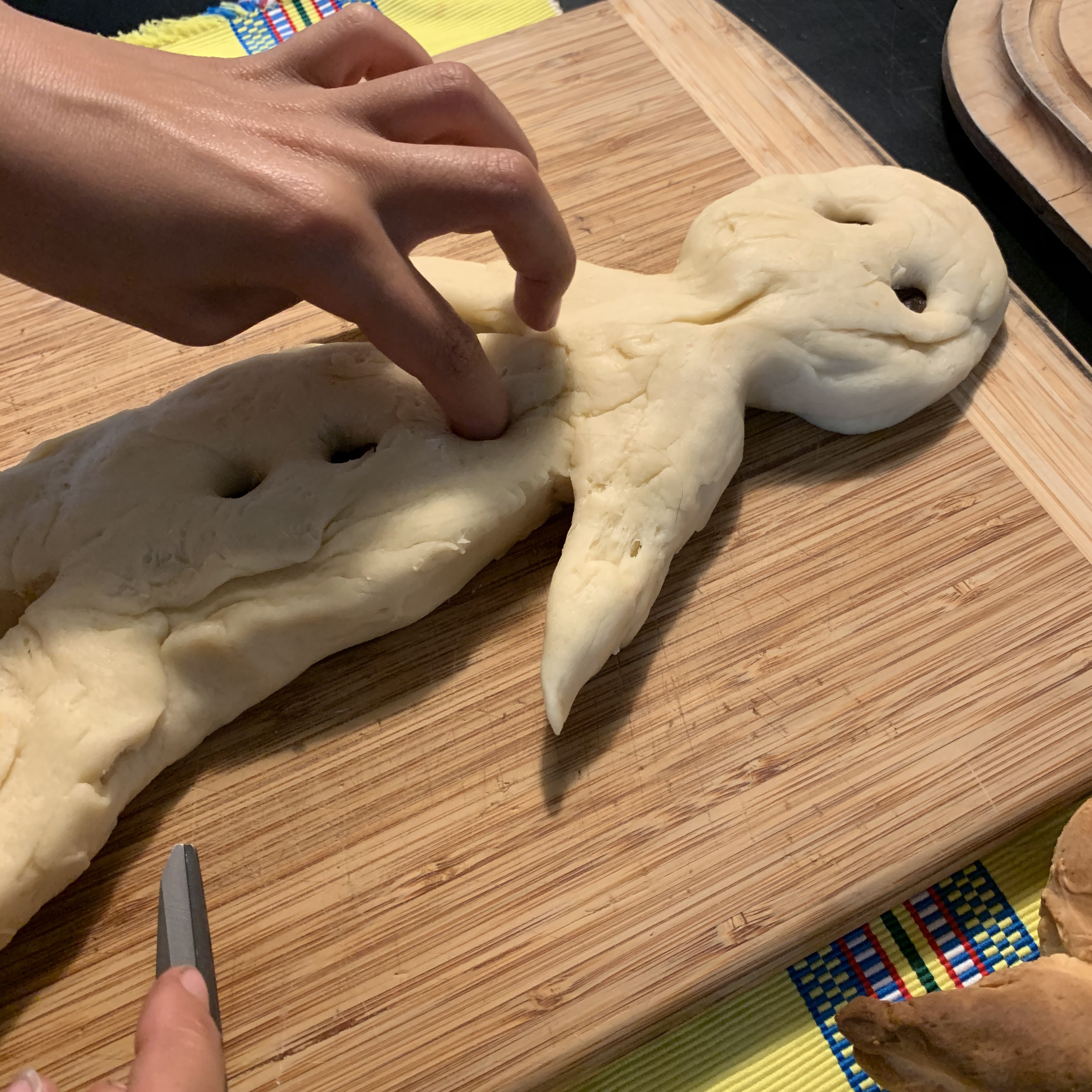
On to the cookie sheet and ready for baking!
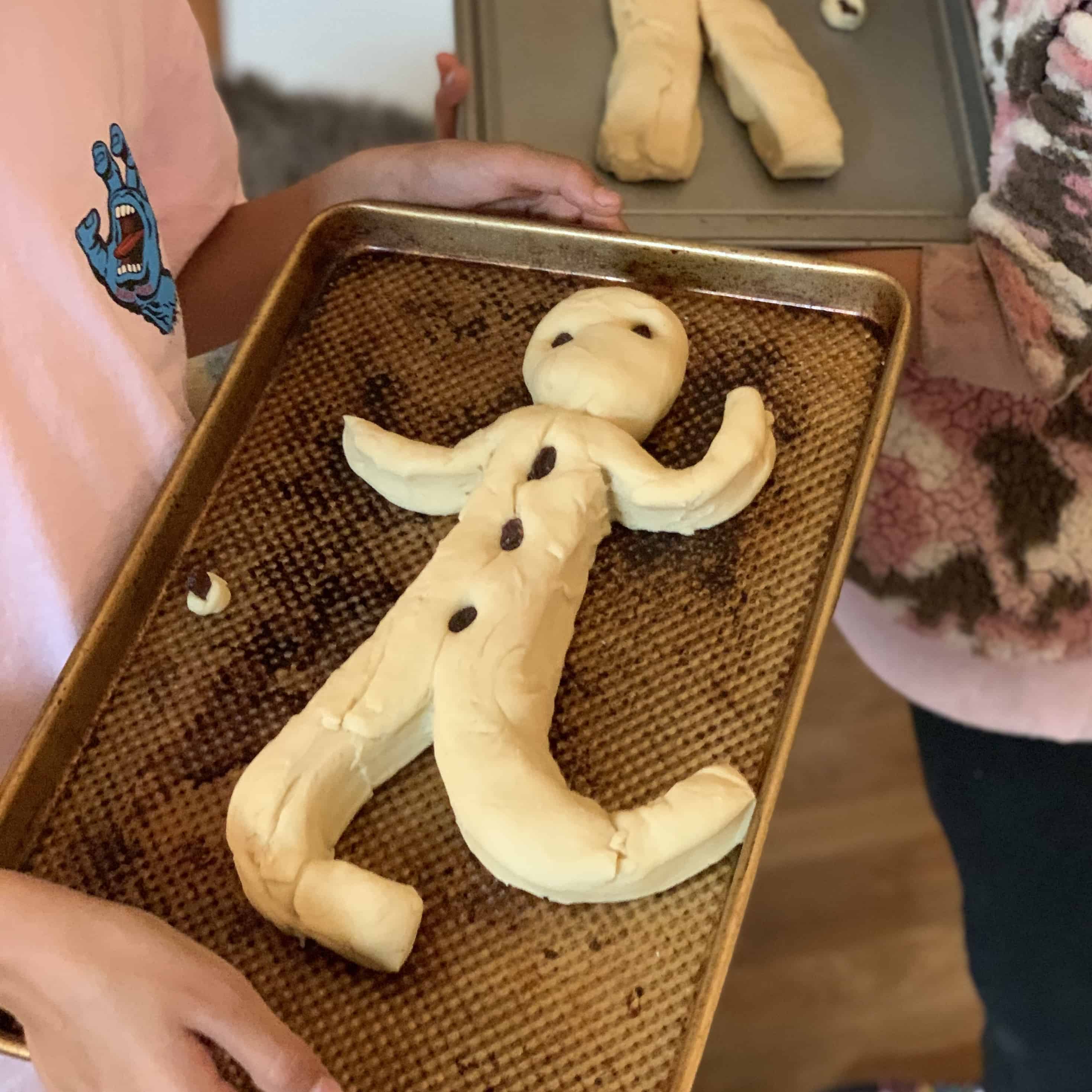
While the Weckmann baked, we returned to the art room to learn about and make lanterns, another fun tradition carried out on St. Martin’s Day in Germany (and one I will post on the blog soon).
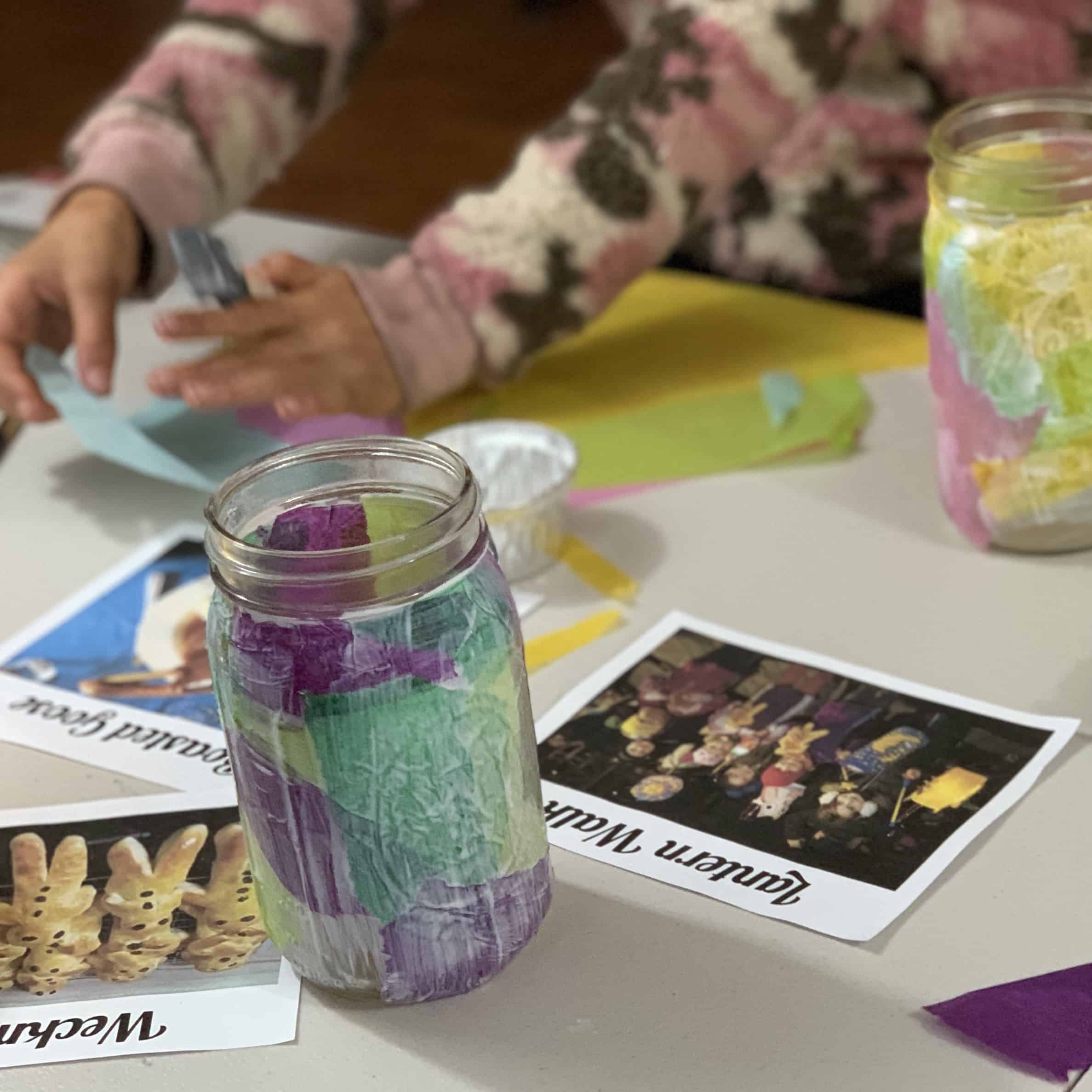
I highly recommend making Weckmann with your children or students to learn about St. Martin’s Day and its beautiful, child-centered traditions.
Remember, every bit of effort and preparation leads to greater fun and deeper learning for your children or students.
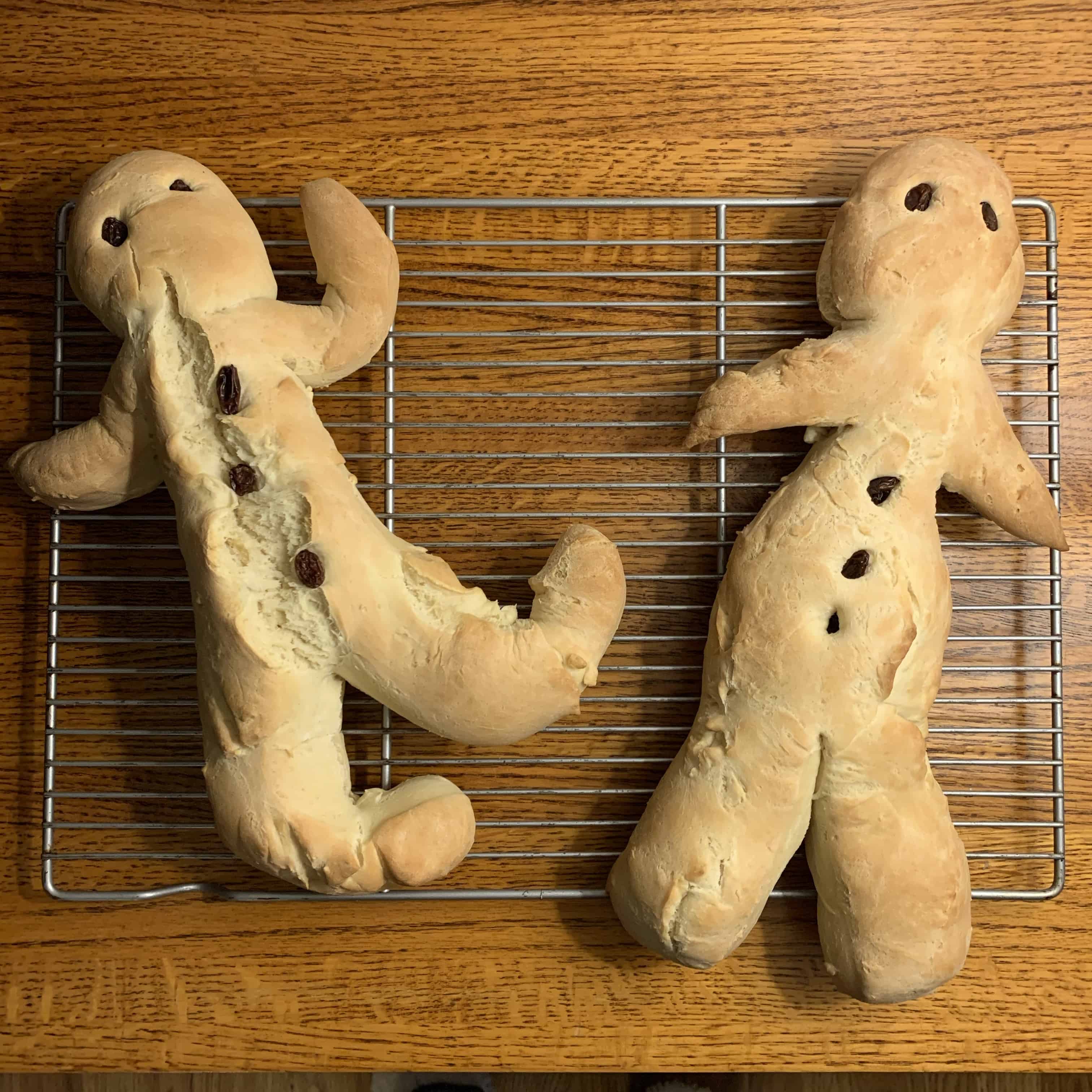
What ways have you celebrated St. Martin’s Day with your children or students?
I invite you to leave a comment below.
Thank you!
Please follow and like us:
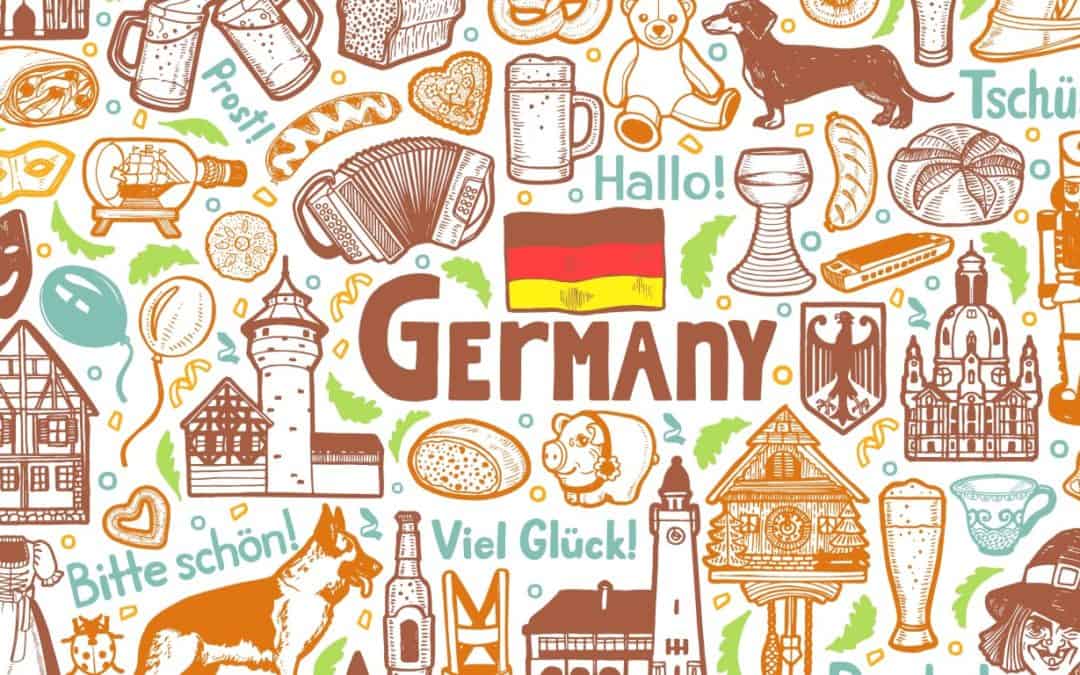
by Our Crafty World | Oct 16, 2019 | Germany
Please follow and like us:
My next world culture class for kids here in Marin will be Germany! This country is loaded with culturally and historically rich aspects – kids LOVE learning about Germany.
In this class, we will be making wooden, hand-painted cuckoo clocks, nutcrackers, German ornaments, other unique crafts, and of course, preparing and sampling traditional German food.
This is the perfect Fall class for kids now that sports are winding down and kids need time to re-group.
My classes are extremely hands on and will truly immerse your child into German culture.
Germany world cutlure class for kids info:
Thursdays
3:45 – 5:45 pm
5 weeks
Begins November 14th
Location – Sleep Hollow, San Anselmo
$275/person
Limit 8
Have questions about Our Crafty World classes for kids in Marin, click here or leave a comment below!v
Please follow and like us:

